The best Android tablets 2025: powerful tablets for every budget
Android tablets large and small, premium and cheap
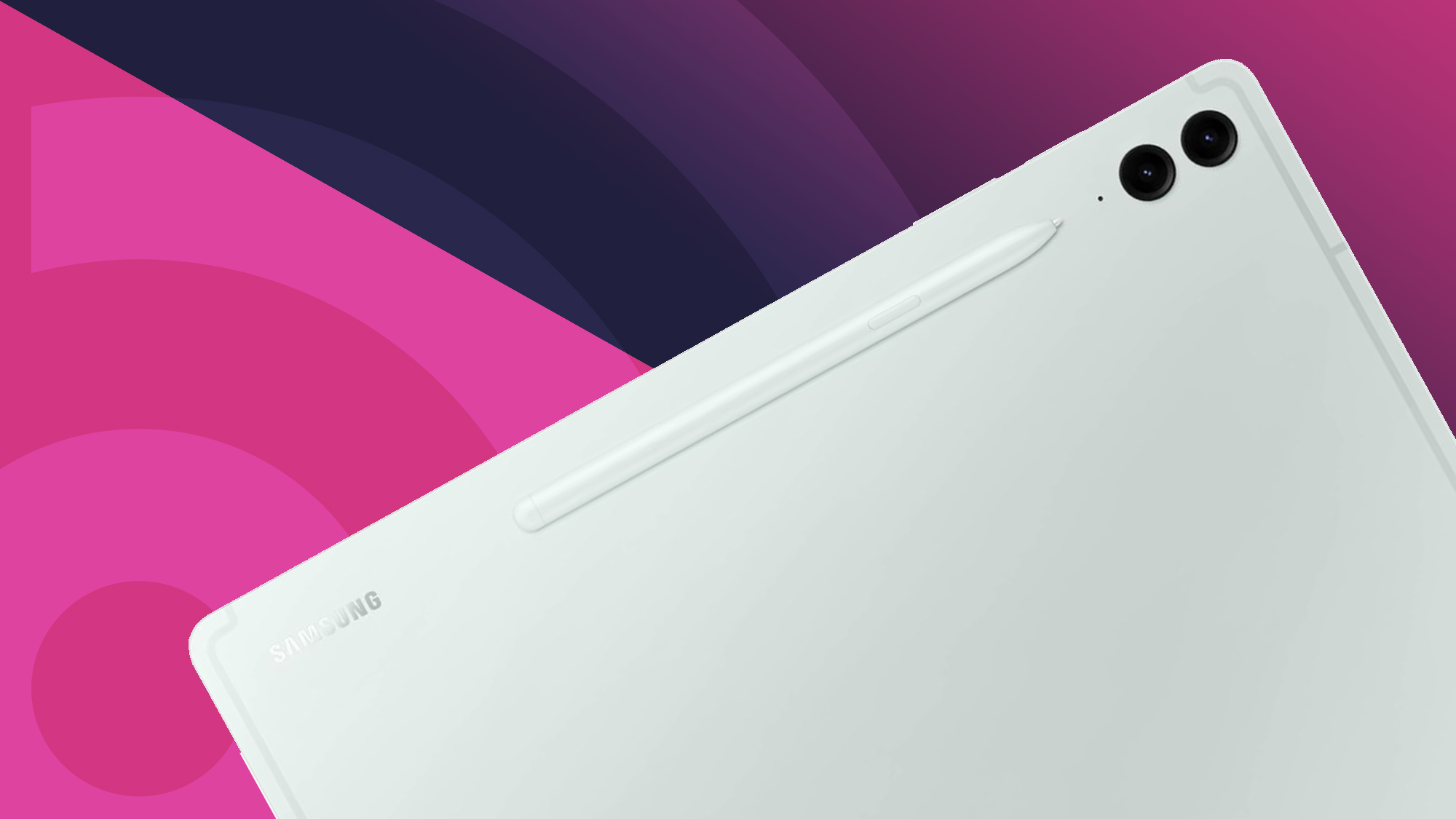
The best Android tablets might be versatile and powerful, or simple and durable. You can find Android tablets at every price, from less than $100 / £100 / AU$250 to more than the cost of a fancy laptop computer. Before you buy an Android tablet, you should know exactly what you'll need it to do, because Android tablets excel in some areas but fall behind in others.
The most premium Android tablets come from Samsung, and I love the (unfortunately named) Galaxy Tab S10 FE as an all-around tablet with amazing features, including a precise drawing tool in the S Pen, which is included, as well as a water resistant design. I've reviewed Samsung's more expensive tablets, including the Galaxy Tab S10 Ultra, and it's a fantastic device with a huge display, but it doesn't have more features than the Tab S9 FE.
Hopefully this will be a great year for Android tablets, because the Apple iPad is destroying Android competitors in terms of performance, display technology, and interoperability. Qualcomm told me that the Snapdragon 8 Elite chip is ready for tablets, but we haven't seen any announcements, so Android tablets continue to lag behind the iPad as a viable laptop replacement.
Keep checking back for the latest list of best Android tablets, or venture to the other side of the fence and check out our list of the best Apple iPads you can buy. You can also put the two together for one great big list of the best tablets.
Quick List
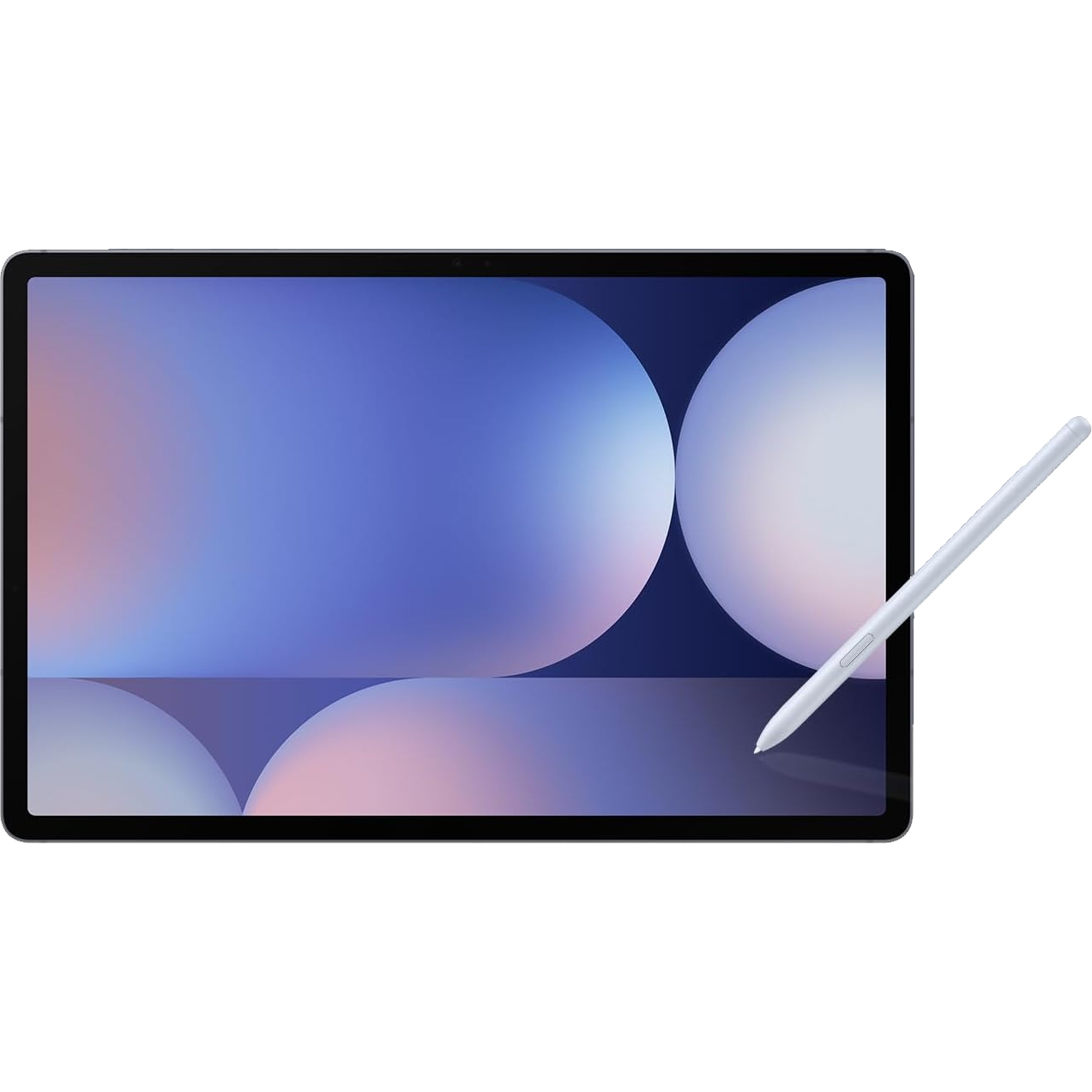
This is the best premium Android tablet, with a water resistant design, performance built for gaming, and Samsung's signature S Pen features. You can even get work done with an extra monitor, mouse and keyboard attached.
Read more below
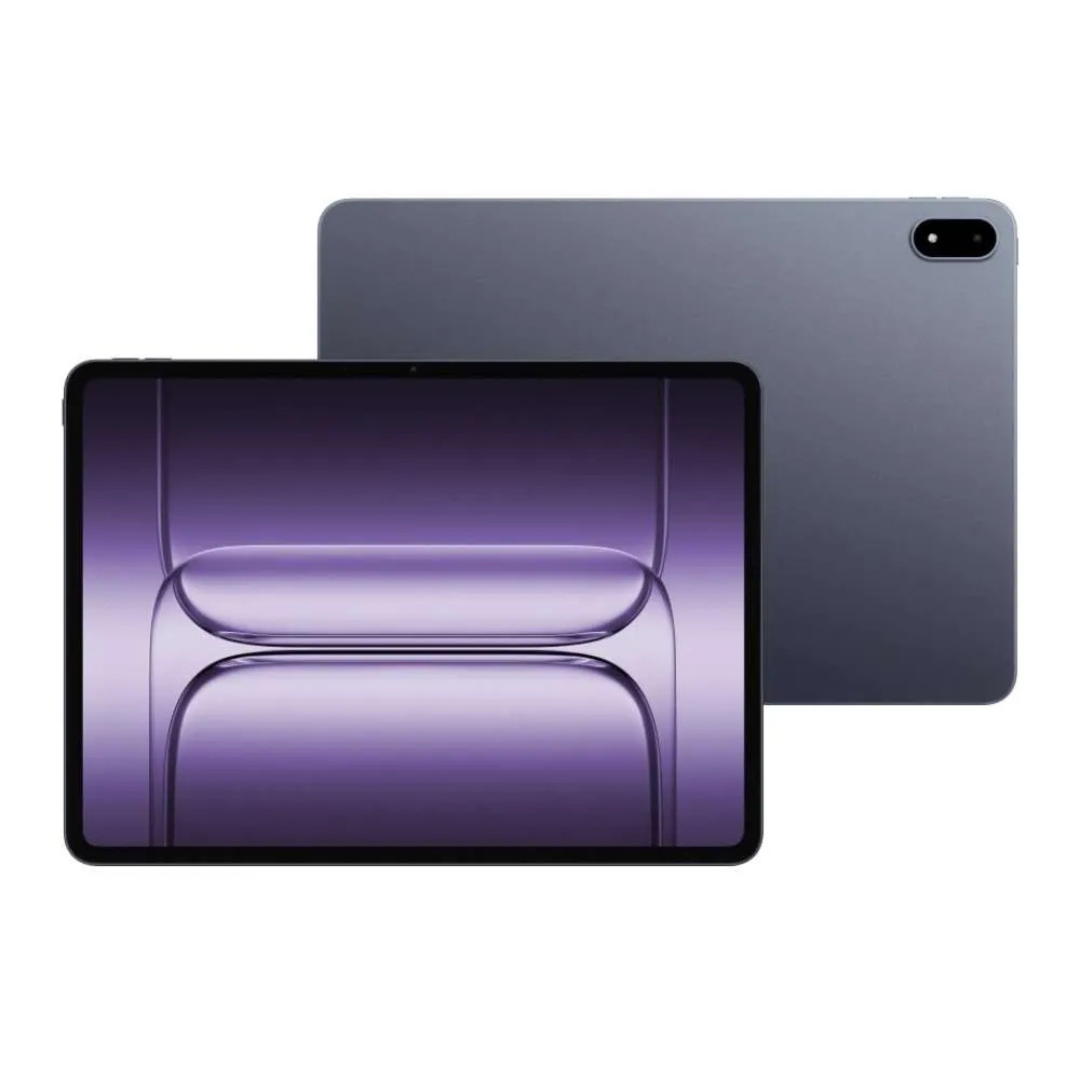
The third time is charming with the OnePlus Pad 3, a high-powered Android tablet that finally pushes Android to the forefront of premium tablets. The Pad 3 has the best display, the fastest processor, and the biggest battery of any Android tablet, making it an easy pick for serious tablet users who want a powerful, portable Pad.
Read more below

The Amazon Fire HD 10 isn't the most impressive tablet until you realize it costs less than $100, and Amazon has put this tablet on sale for 25% off a half dozen times since it launched. For that low price it makes a great screen to offer the kids on a long car ride.
Read more below
Load the next three products...
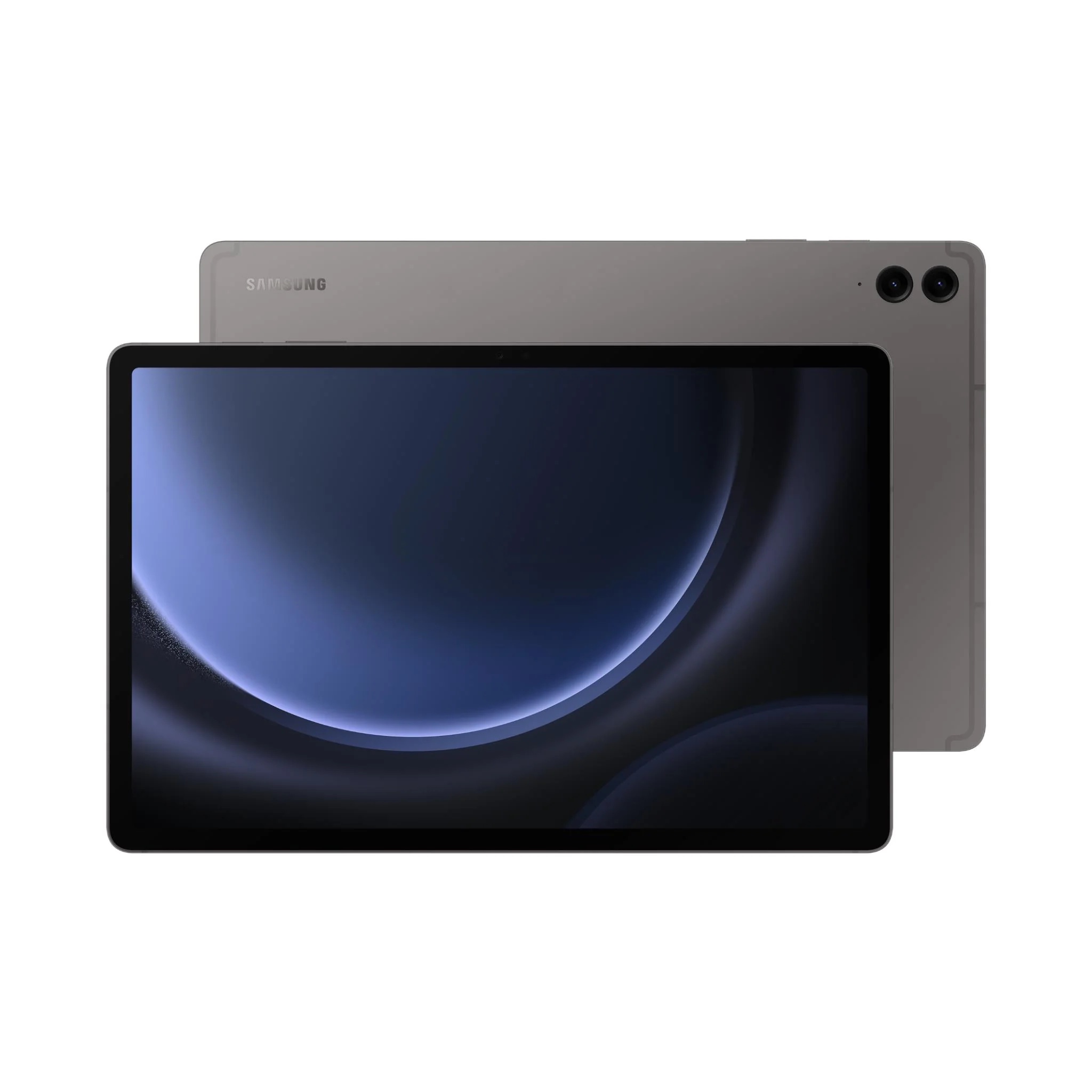
The Galaxy Tab S9 FE Plus gives you a bigger display more features than Apple's svelte iPad Air. You also get better battery life than almost any other tablet we've tested. If you need a long-haul device this one lasts almost twice as long as some of the others.
Read more below

The Galaxy Tab S10 Ultra may be a bit too big for everyday use, but it's a great pick for artists and folks who need a large canvas. With an S Pen in the box, Samsung's Galaxy Tab S10 Ultra makes a great big screen Android creativity tool.
Read more below
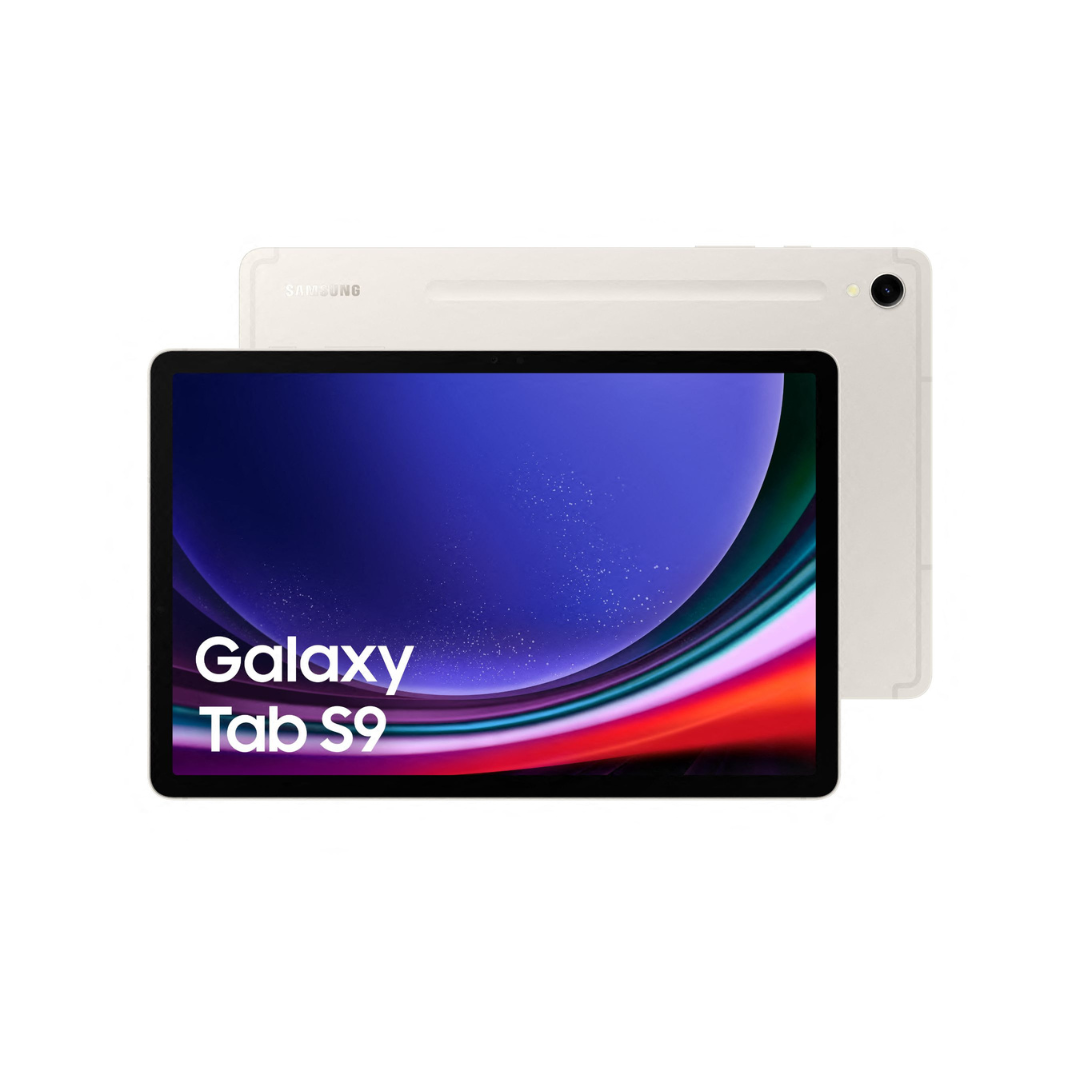
The Galaxy Tab S9 helps you multitask and get things done in any situation. It has the best multi-window software on any tablet, and you can add a mouse and keyboard to make this a real desktop replacement.
Read more below
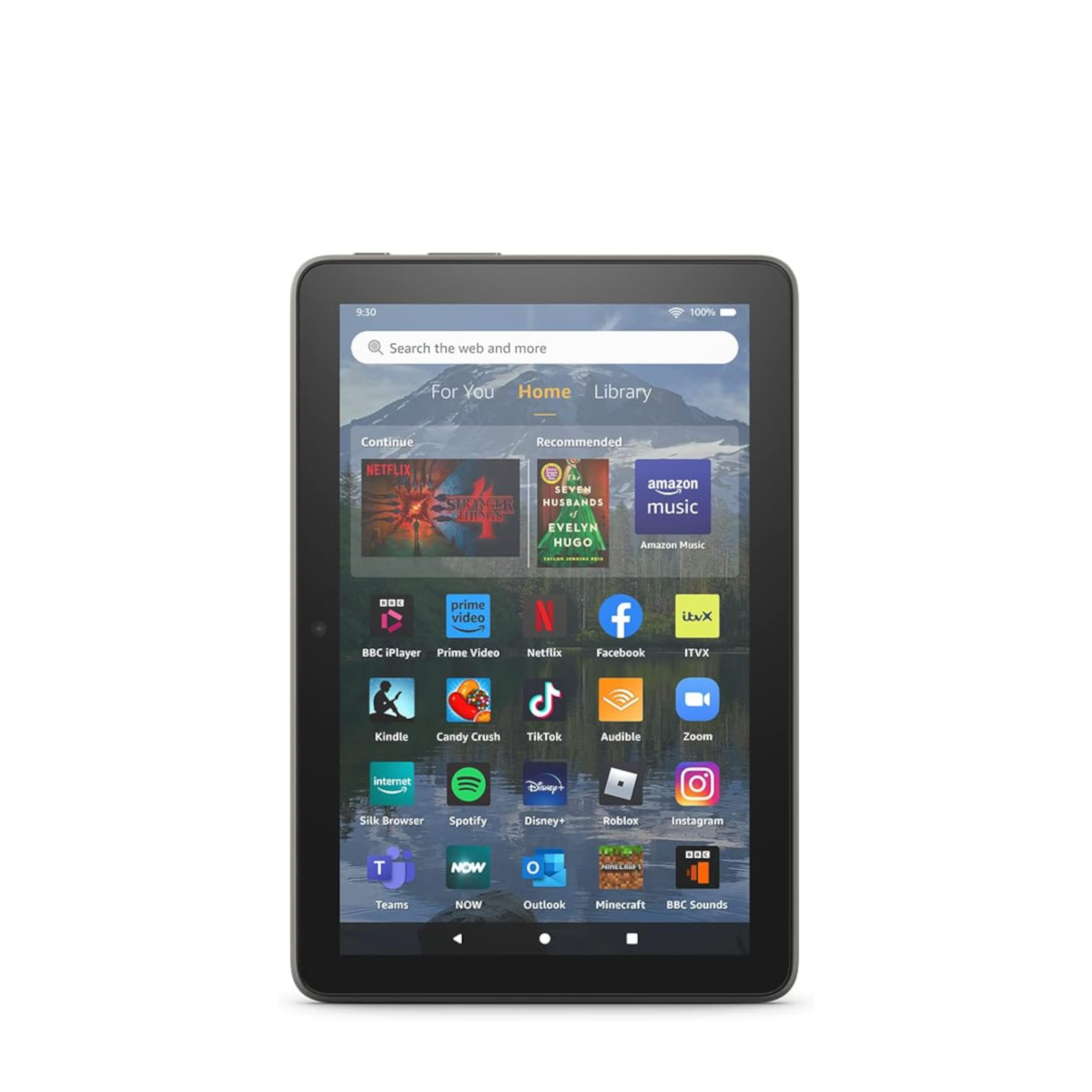
You'll have to contend with Amazon's software and App Market instead of Google Play, but all of your favorite streaming services and most big productivity apps are available, so you shouldn't have a problem getting things done with the Fire HD 8 Plus.
Read more below
The best Android tablets 2025
Why you can trust TechRadar
We've reviewed every tablet on this list, so you can trust our recommendations and know that each entry has earned its place. Check out our full summary below, with a link to our deeper impressions and review scores.
The best premium Android tablet
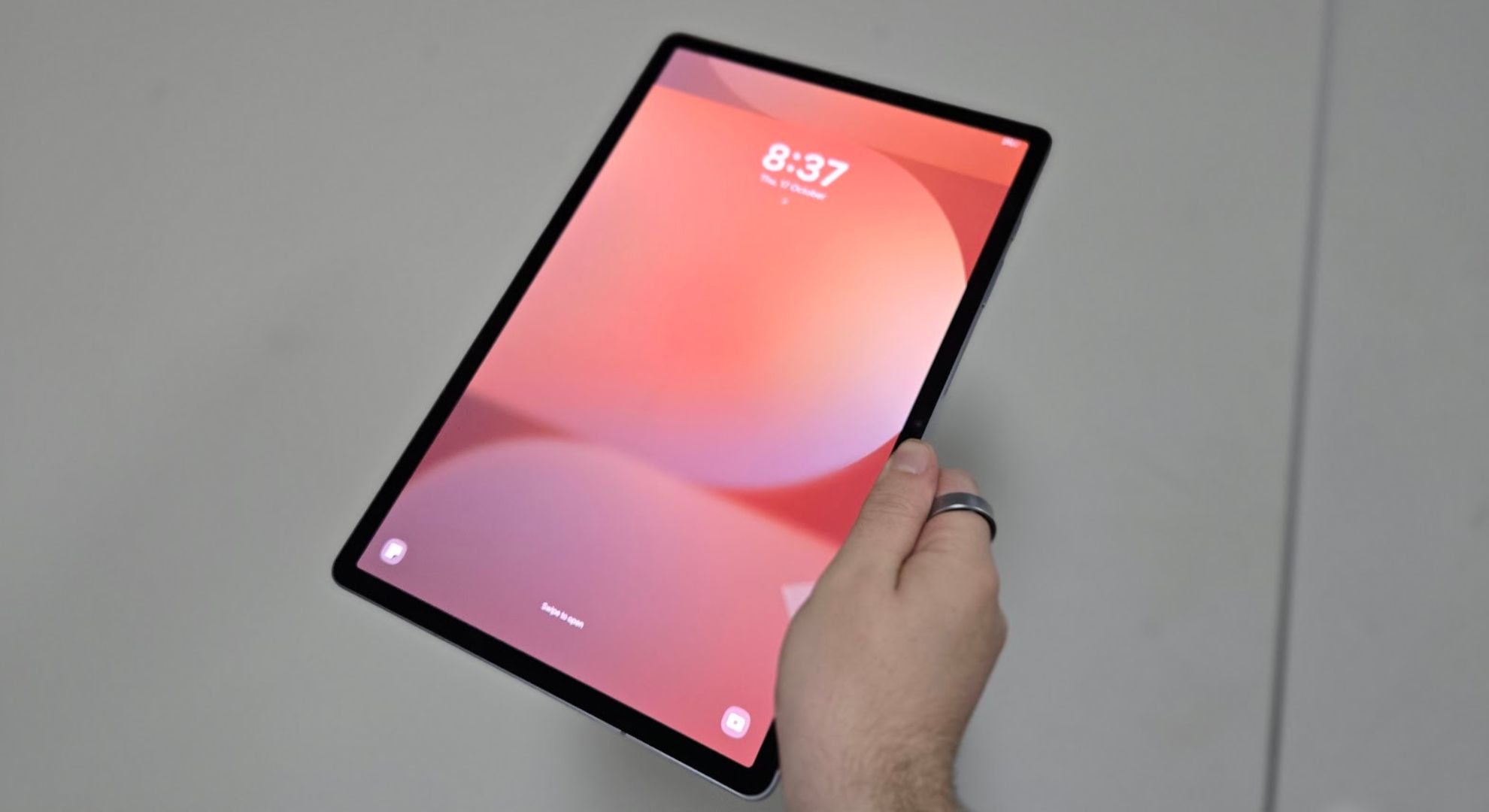
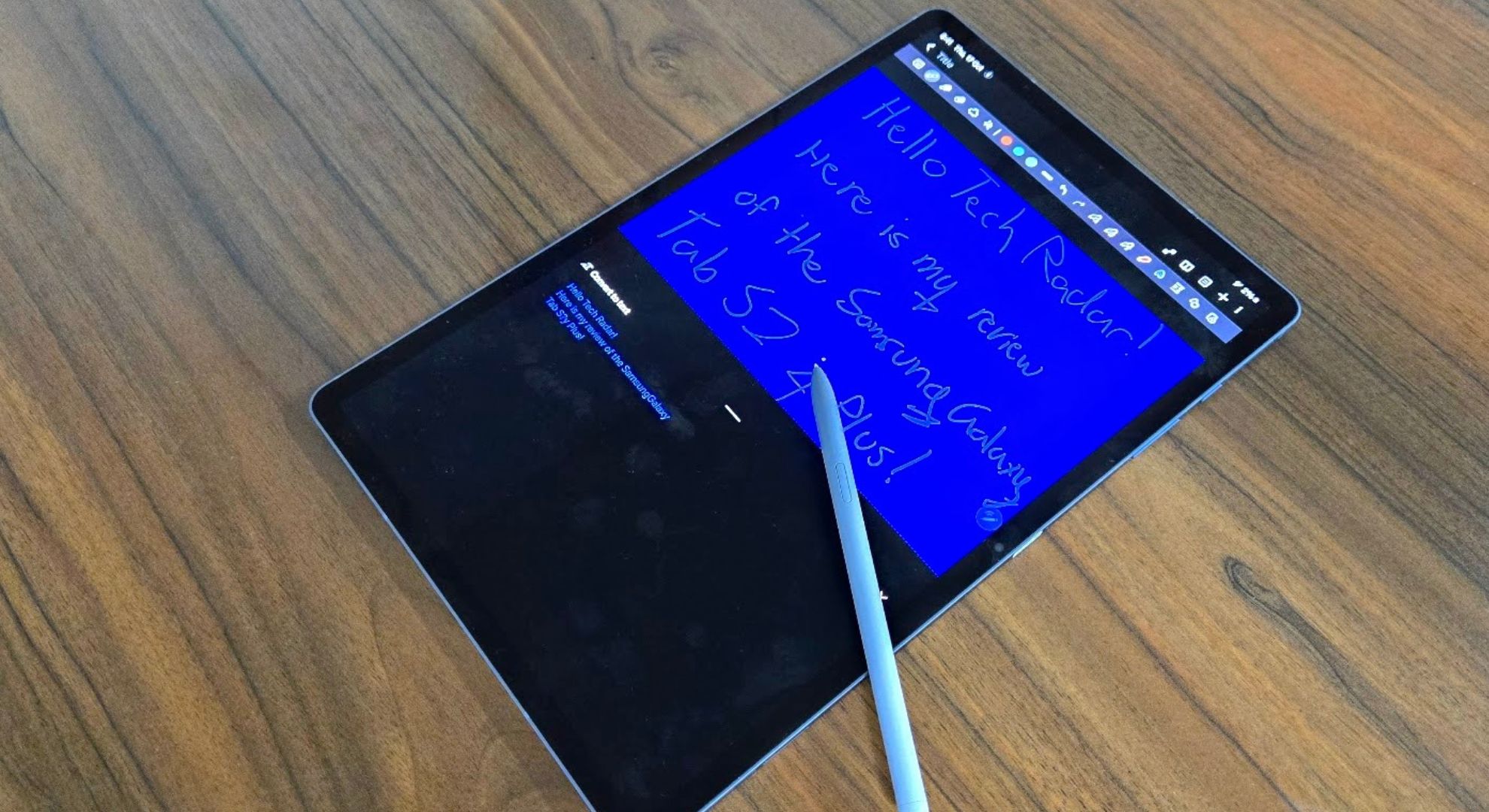
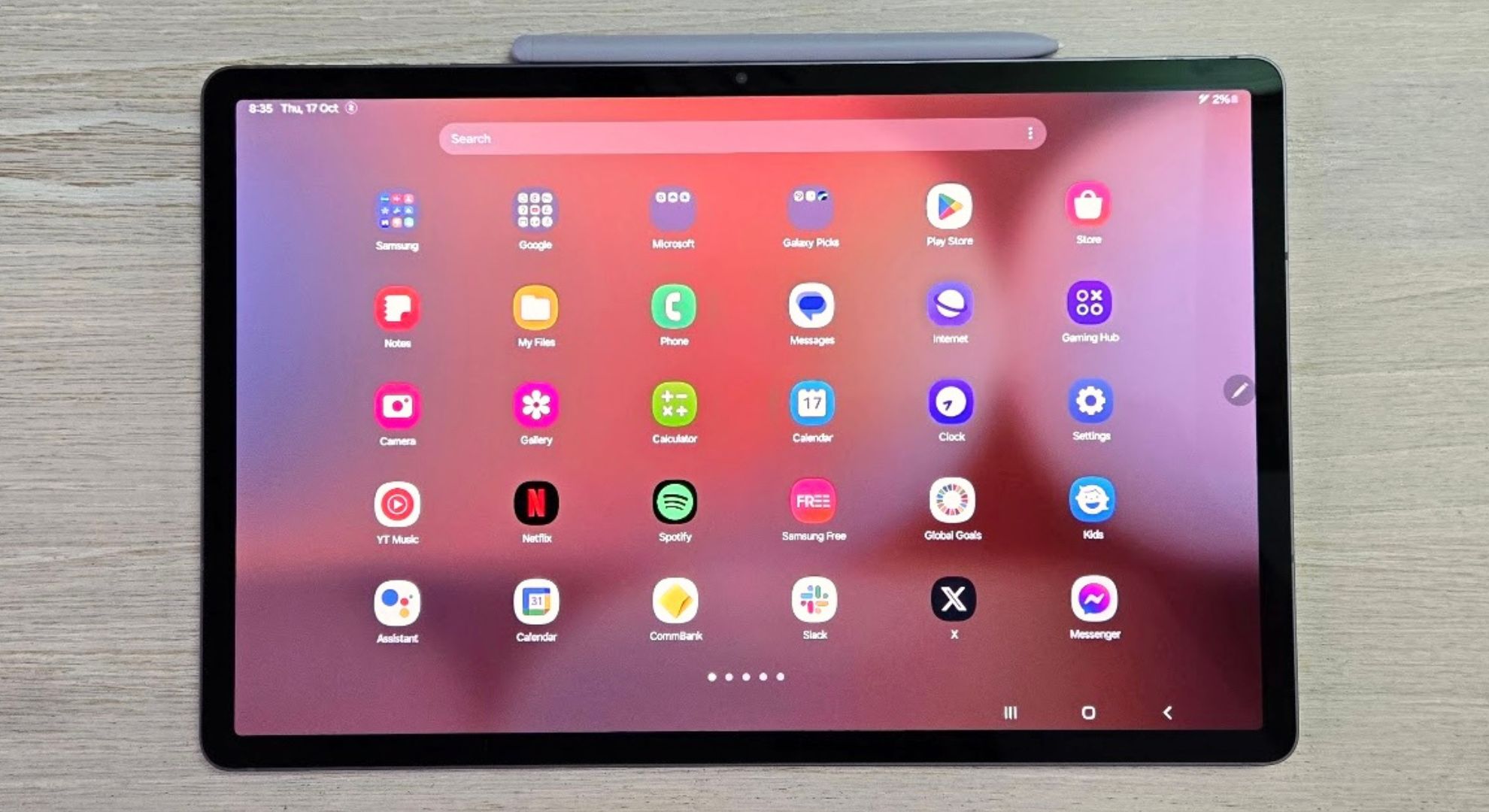
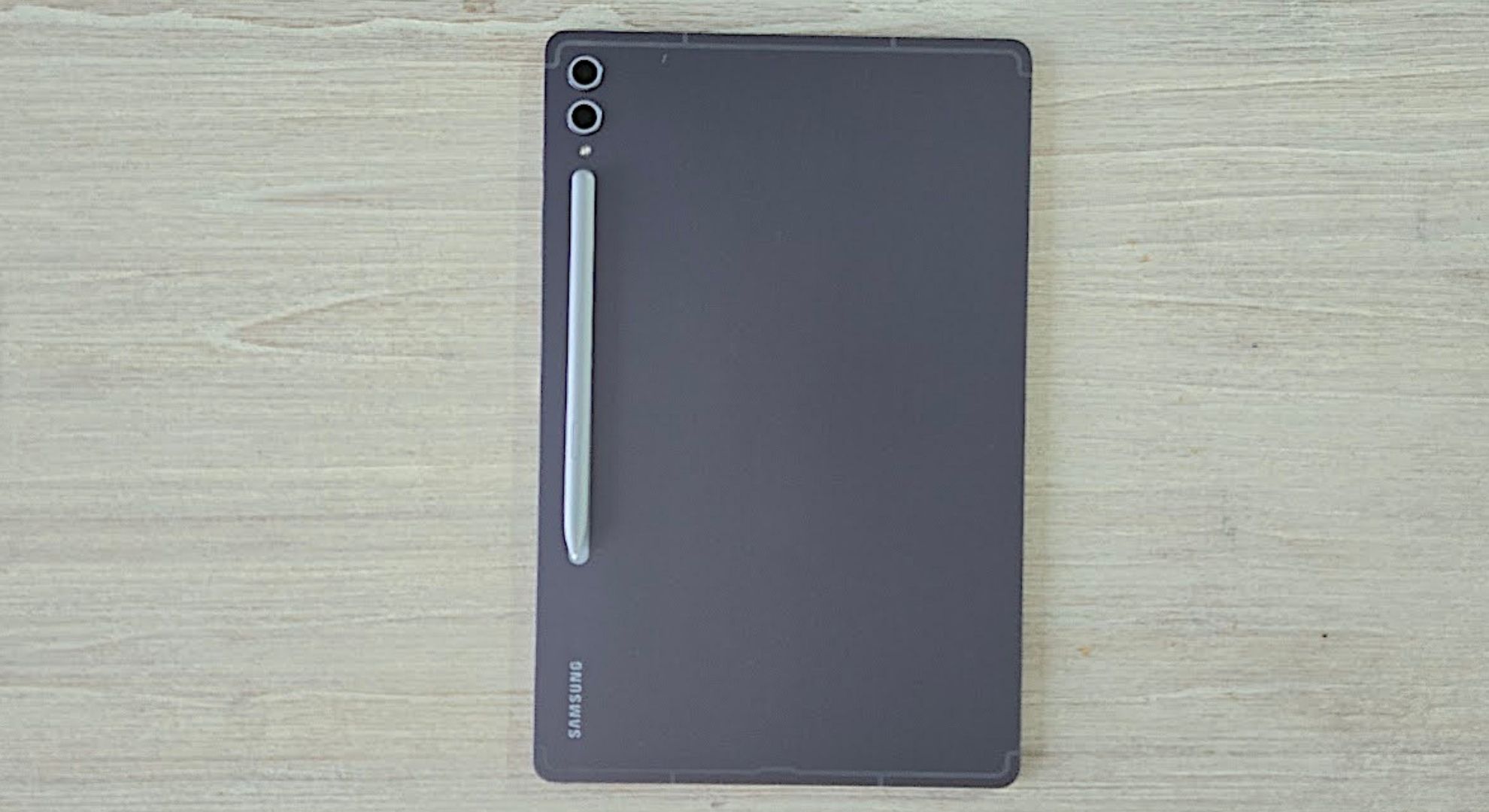
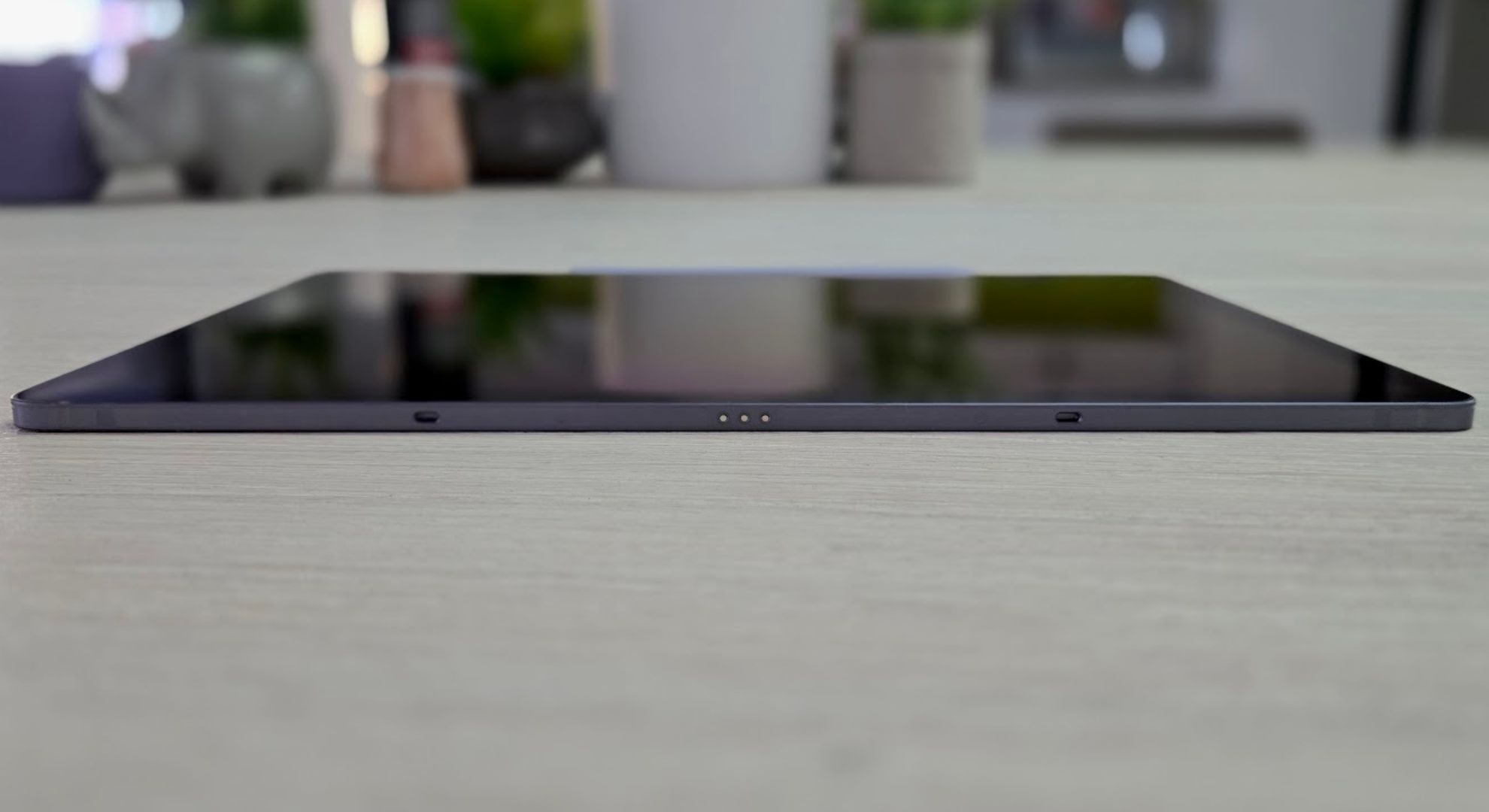
1. Samsung Galaxy Tab S10 Plus
Specifications
Reasons to buy
Reasons to avoid
Samsung's Galaxy Tab S10 Plus is a premium tablet that comes loaded with features, including many benefits you won't find on any iPad or other Android tablets. It's made for gaming, with a MediaTek Dimensity 9300+ processor that excels at graphics performance, but Samsung's software and the included S Pen also make it perfect for multi-tasking and getting things done.
Samsung has wisely continued to build IP68 certified tablets that are water resistant and durable. You can take the Galaxy Tab S10 Plus into the bath or wash it in the sink if it gets dirty. It's still a very attractive tablet, it doesn't look like a tank, but that durability makes it more versatile than an iPad Pro, if you carry your tablet around in the world with you.
The Galaxy Tab S10 Plus costs the same as an iPad Pro 11-inch tablet, but you get a much larger display, which also means a bigger battery inside, and Samsung happily gives you an S Pen, it's not an expensive accessory like the Apple Pencil.
Samsung also makes the best tablet software around. It's very easy to open multiple apps side-by-side, and you can even connect the Galaxy Tab S10 Plus to a monitor and keyboard to create a desktop-like experience. This is the best Android tablet you can buy, and easily one of the best tablets all around.
Read our hands-on Galaxy Tab S10 Plus review
The best Android tablet for most people
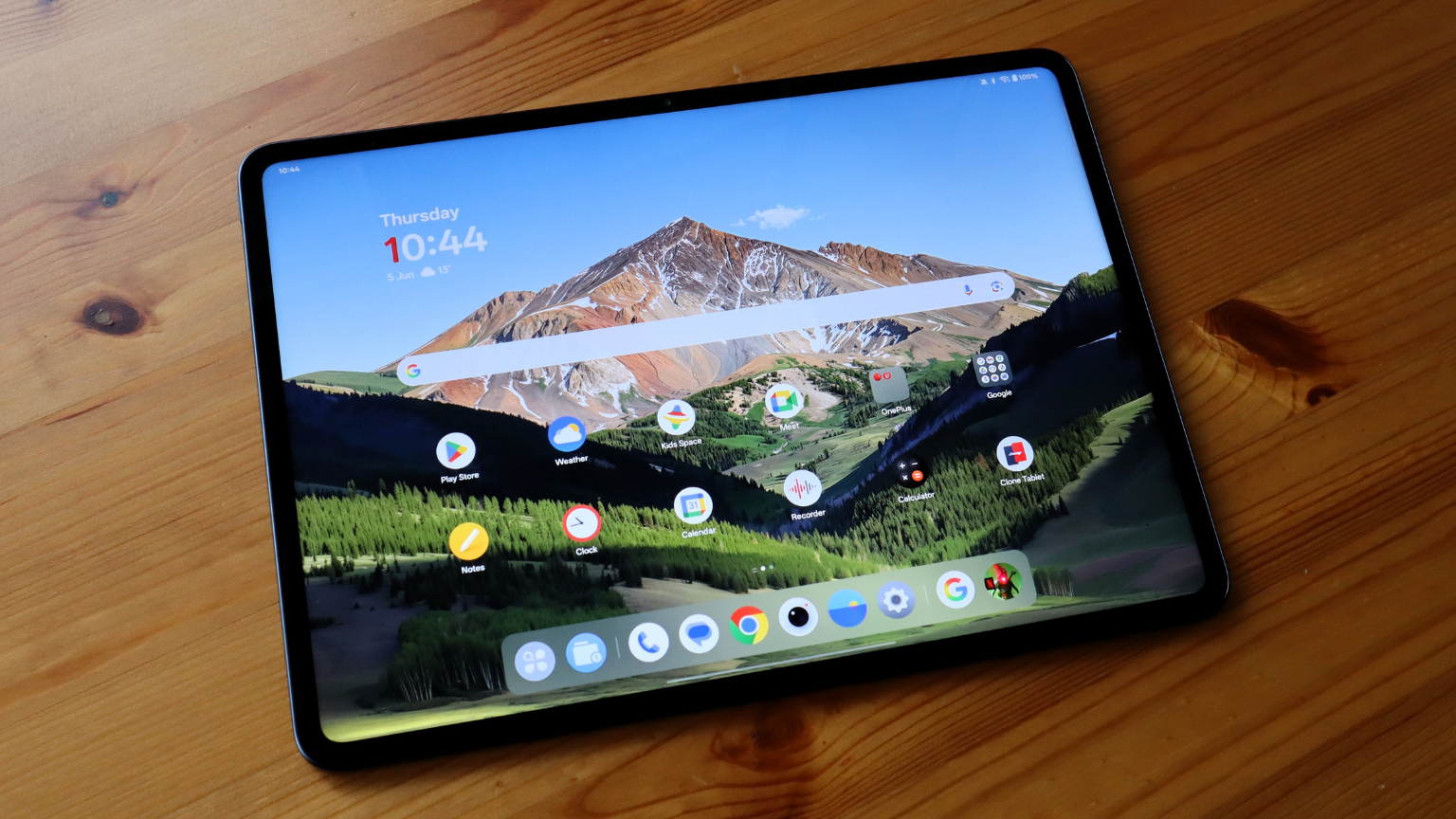
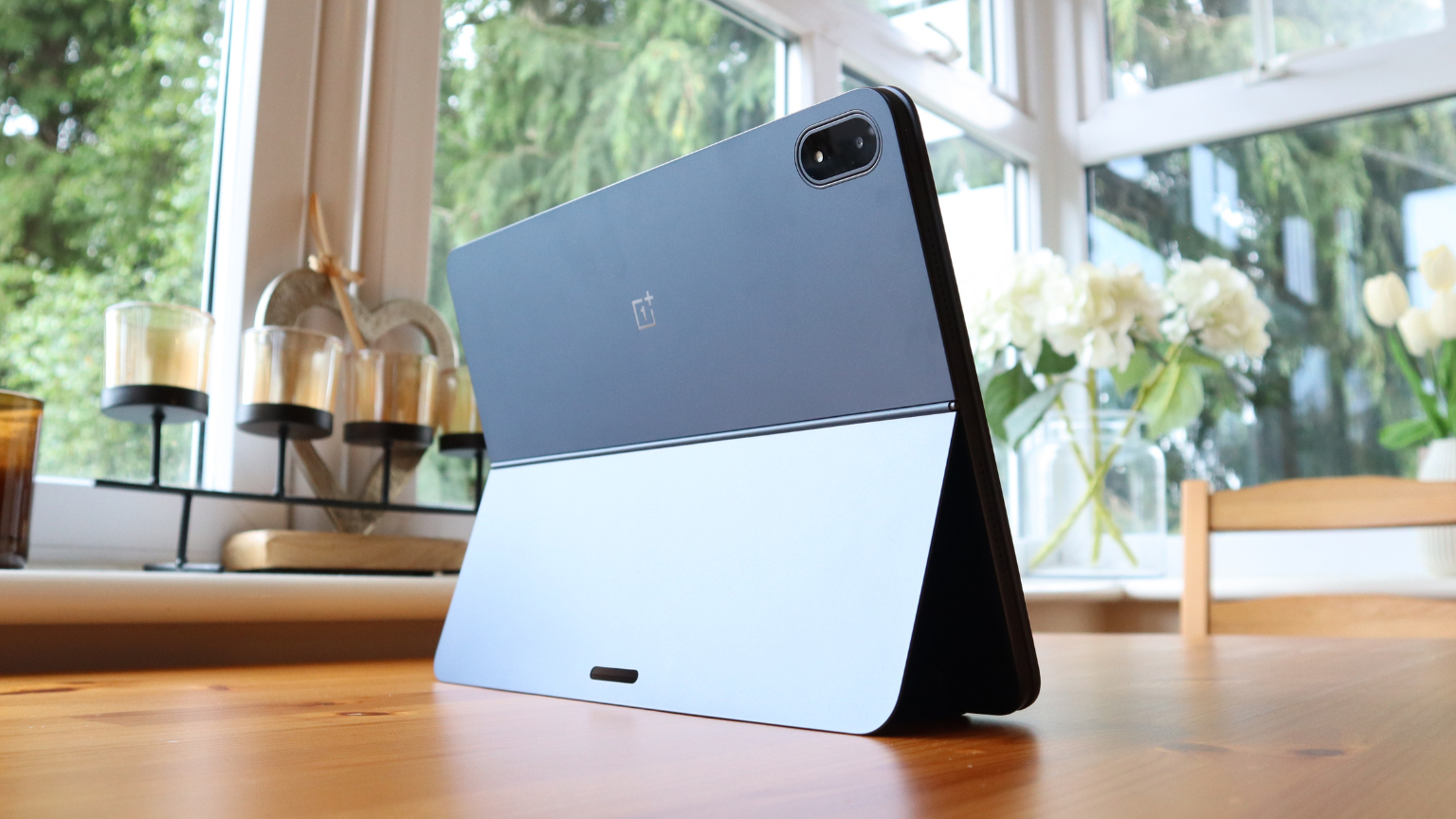
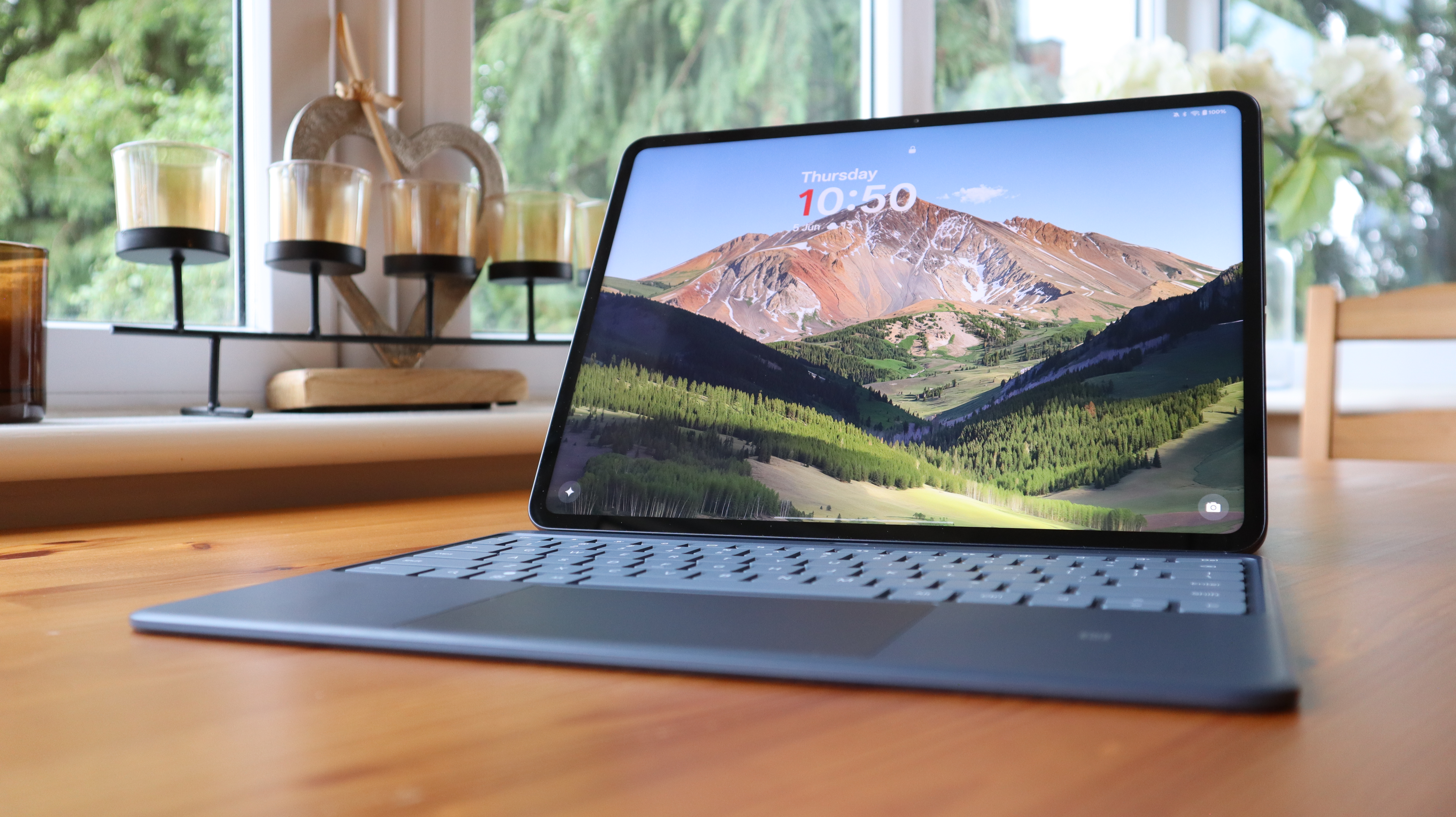

Specifications
The OnePlus Pad 3 finally endows an Android tablet with the fastest Qualcomm processor around, the Snapdragon 8 Elite chipset. With Qualcomm's push, the Pad 3 is the fastest Android tablet you can buy, with amazing battery life to boot. In fact, like recent OnePlus phones, it's hard to find anything I don't like about this tablet.
The OnePlus Pad 3 has the best display on any tablet in this price range. It's more sharp than the Galaxy Tab S10 FE Plus, and it draws faster than the Samsung tablet or the iPad Air 13-inch, with a 144Hz refresh rate. In our tests, this display was exceptionally bright and clear, but the Pad 3 still had amazing long battery life.
You don't need a OnePlus phone to appreciate the OnePlus Pad 3, though it might help. OnePlus doesn't add as many cross-device features as Samsung or Apple, but if you buy an accompanying keyboard, you can quickly tap your phone to pair the two devices and share content across each.
The OnePlus Pad 3 is a premium tablet with a high price tag, so it isn't for everybody. If you don't need this much power or such a huge display, there are better options available. If you want the absolute best, most stunning Android tablet I've seen, with power that pushes performance over the top, the OnePlus Pad 3 should be the top tablet on your list.
Read our in-depth OnePlus Pad 3 review
The best budget tablet
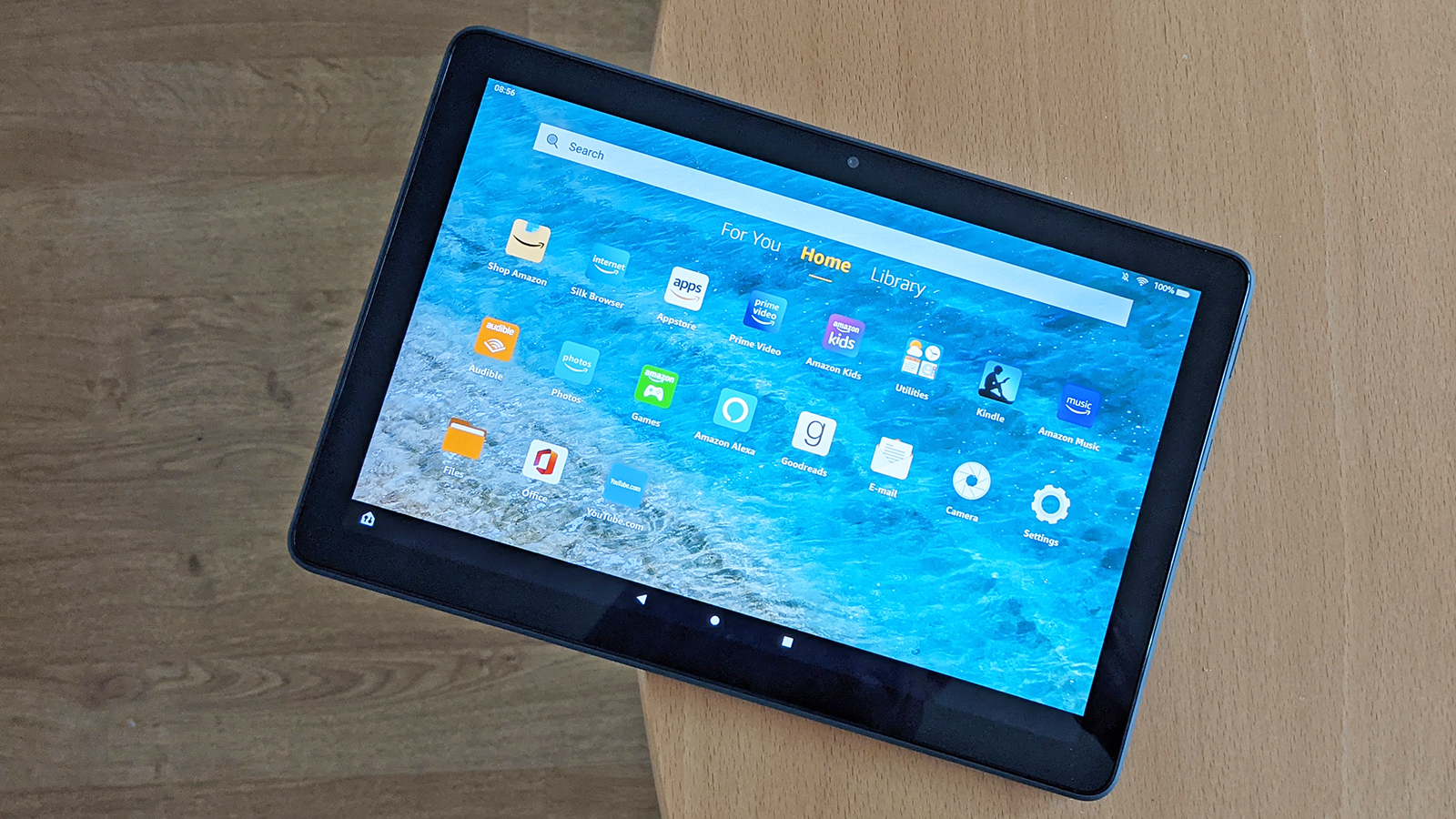
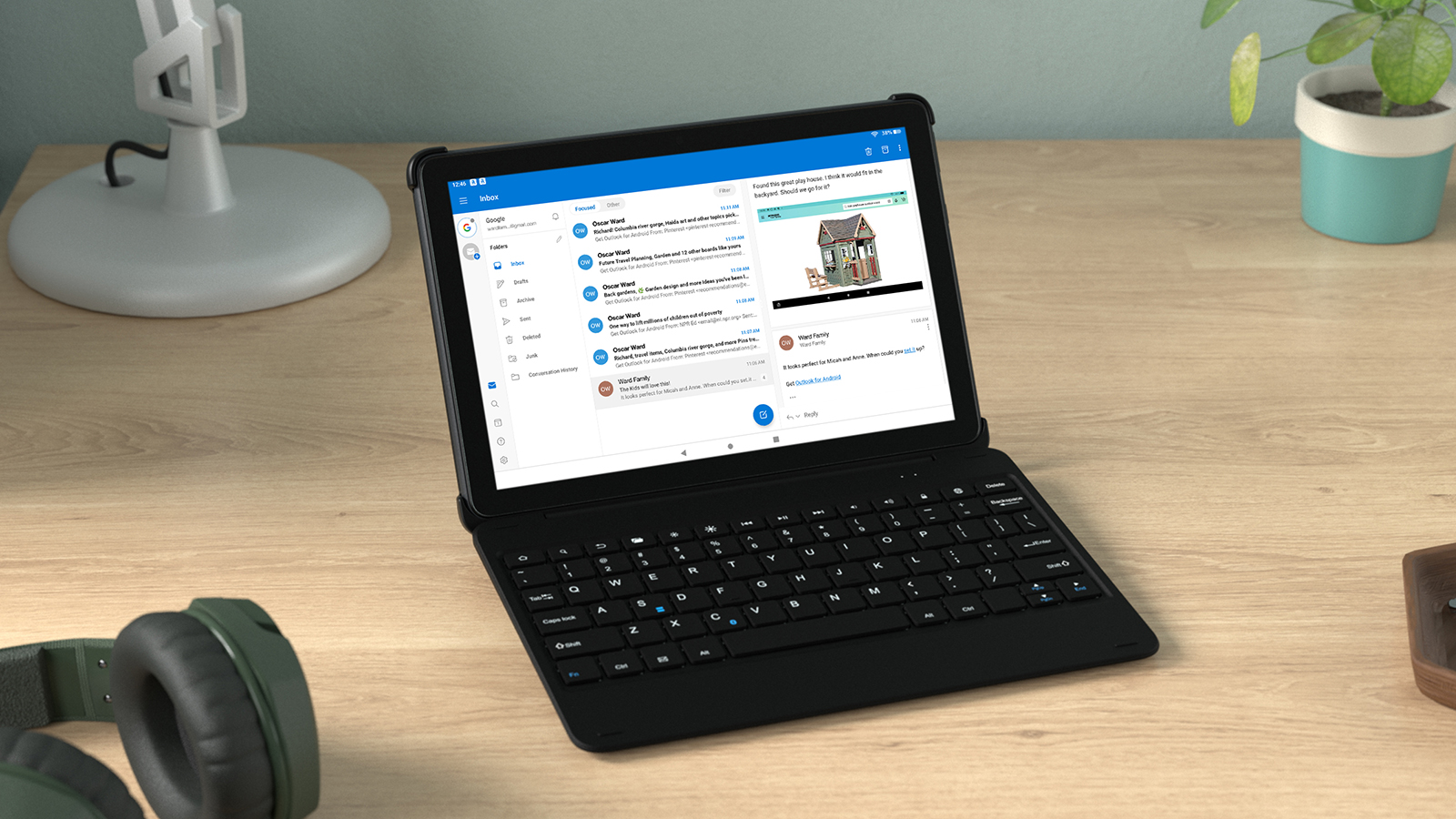
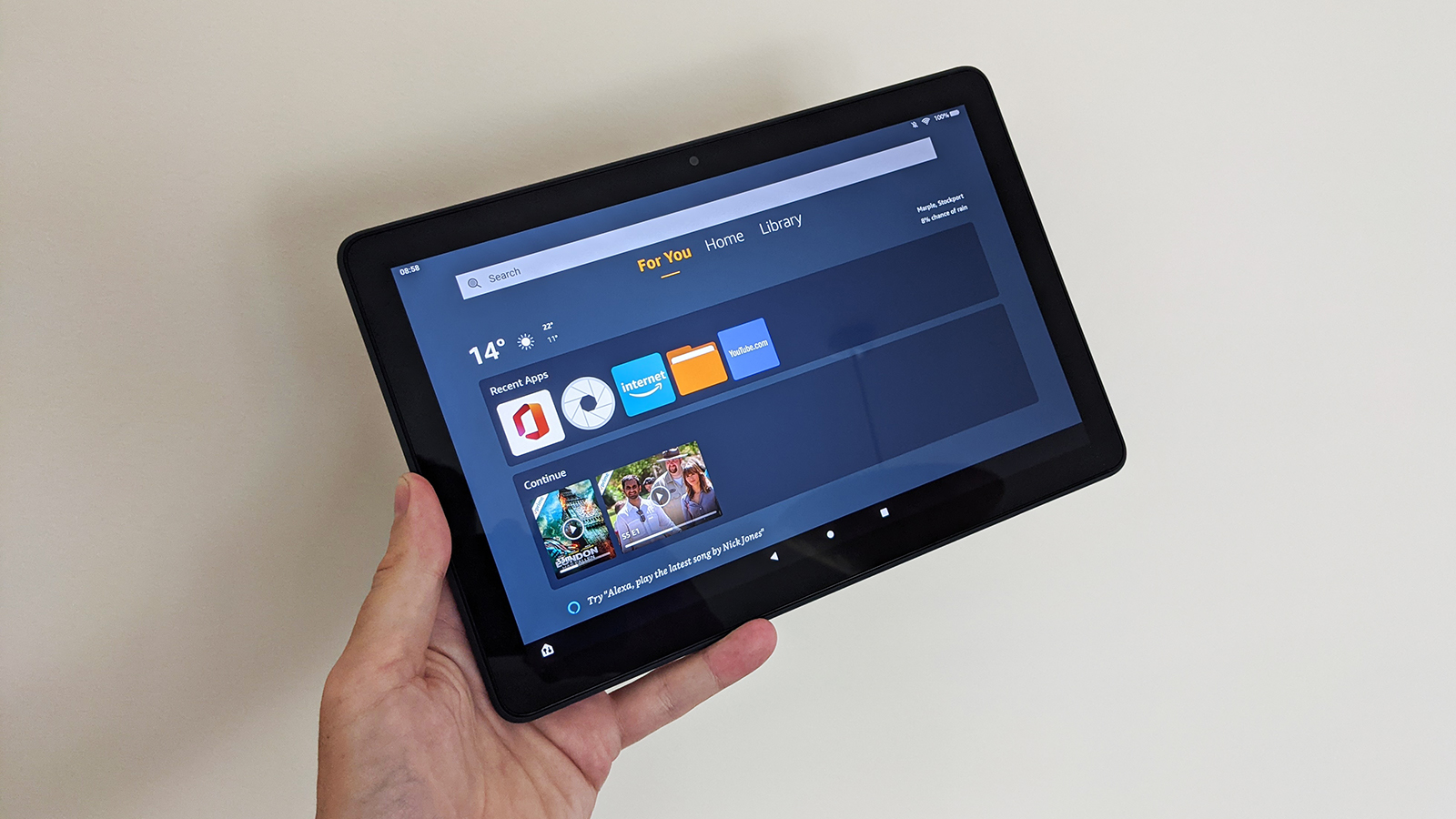
Specifications
Reasons to buy
Reasons to avoid
The Amazon Fire HD 10 (2023) is not a great tablet, but it is certainly a cheap tablet, and for the price it gives you plenty to like. While it starts at $139.99 / £149.99 (roughly AU$220) for the 32GB version (with a microSD card slot, nice!), Amazon regularly drops the price on this tablet, and we've seen it cut lower than $80 in the US in the past year. For that price it's not just a great budget tablet, it's a real no-brainer if you need a tablet cheap and now.
The Fire HD 10 (2023) has a nice, big screen at 10.1-inches. It's not as big as an iPad or Galaxy Tab, but it will be large enough to watch your favorite shows and streaming movies, or for browsing the web. You'll be restricted to Amazon's App Market instead of the Google Play Store, but all of your favorite streamers and most of the biggest productivity apps are there. You may miss your favorite games, if your favorite game isn't Fortnite.
There are also plenty of accessories available, including a fancy Amazon Stylus Pen, a ton of cases, and more. If you need to step up to a keyboard, you might also check out the Amazon Fire Max 11, Amazon's recent step into more-premium Android tablets.
Read our full review of the Amazon Fire HD 10 (2023).
The best battery life
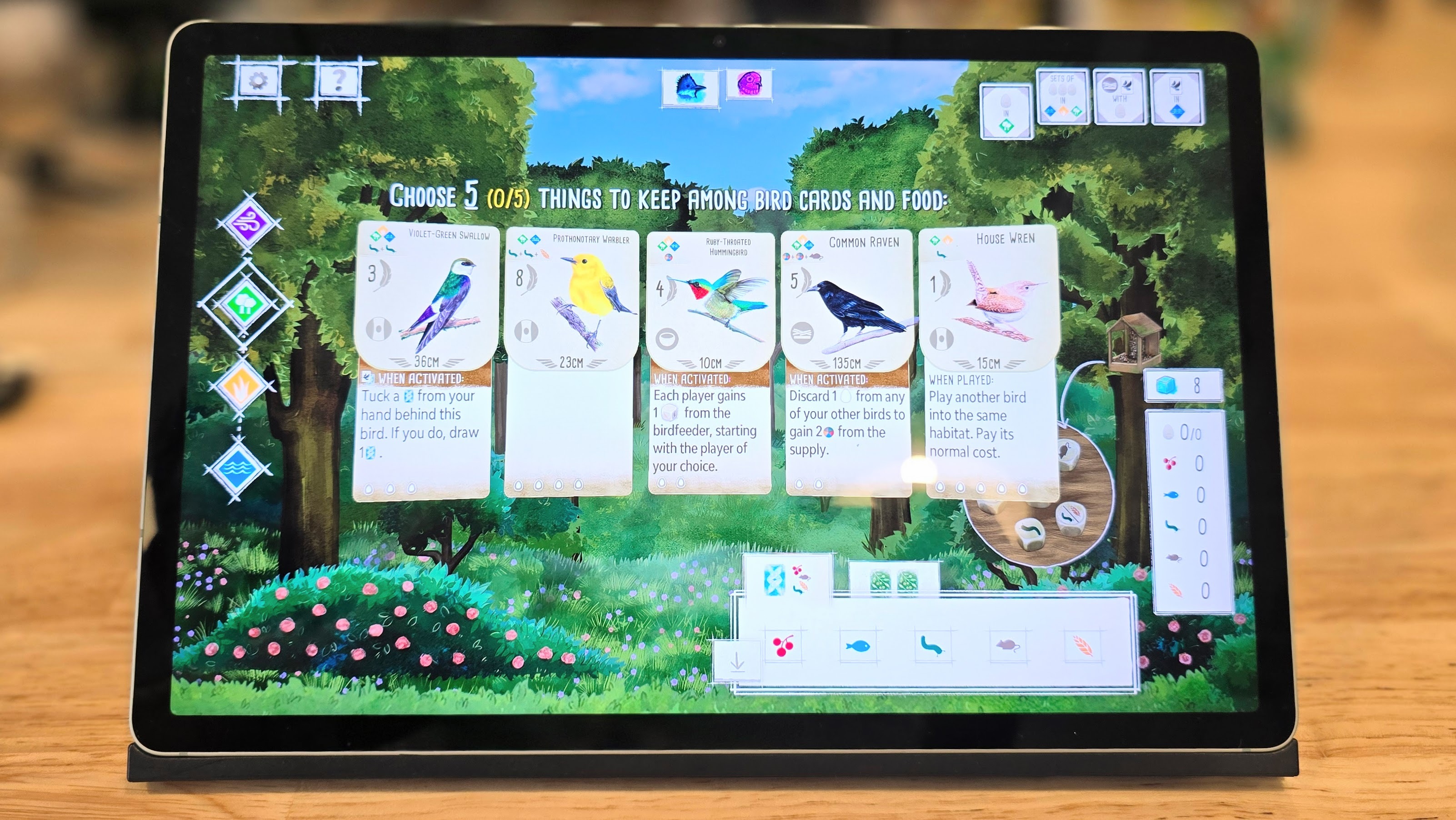
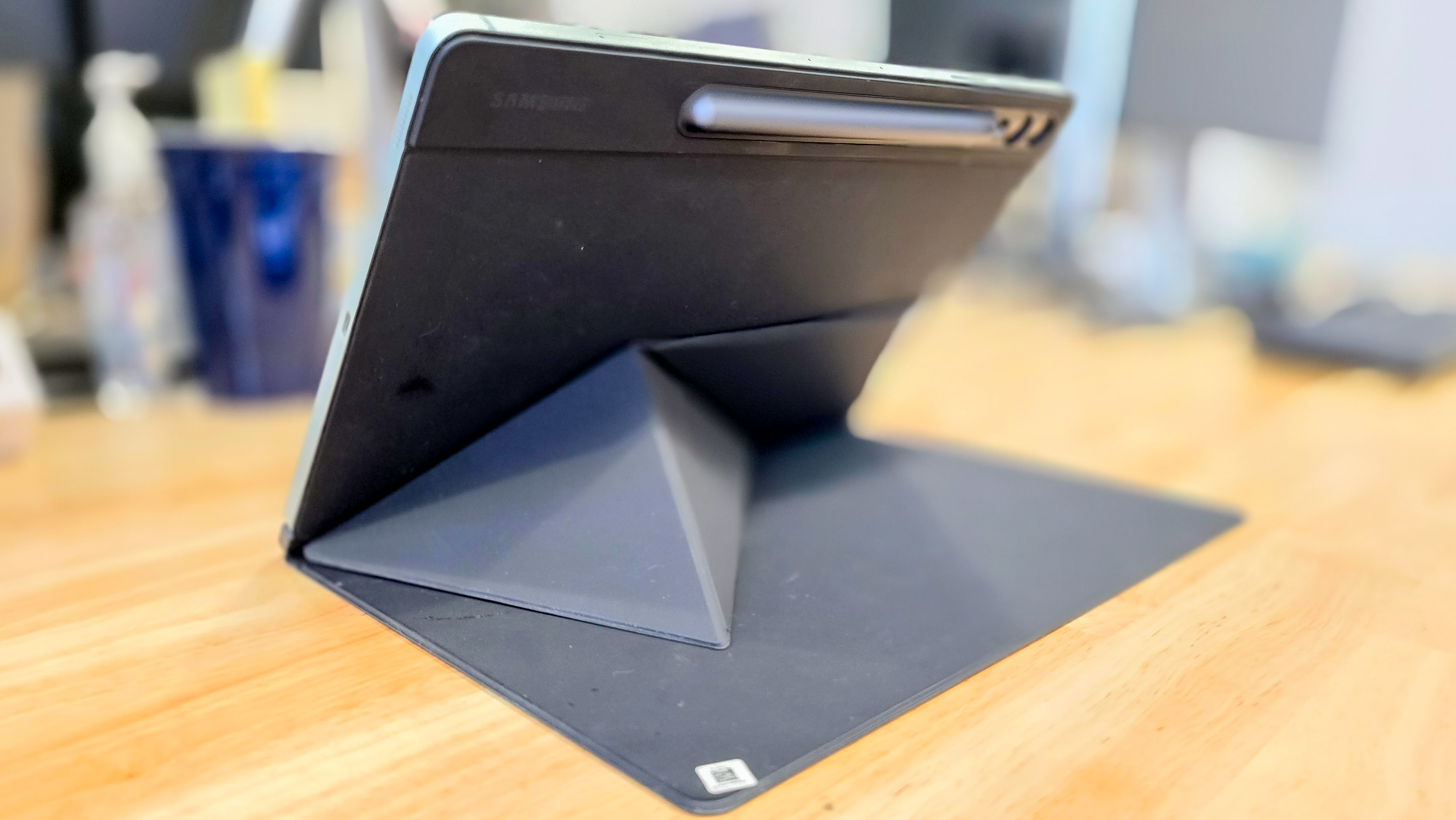
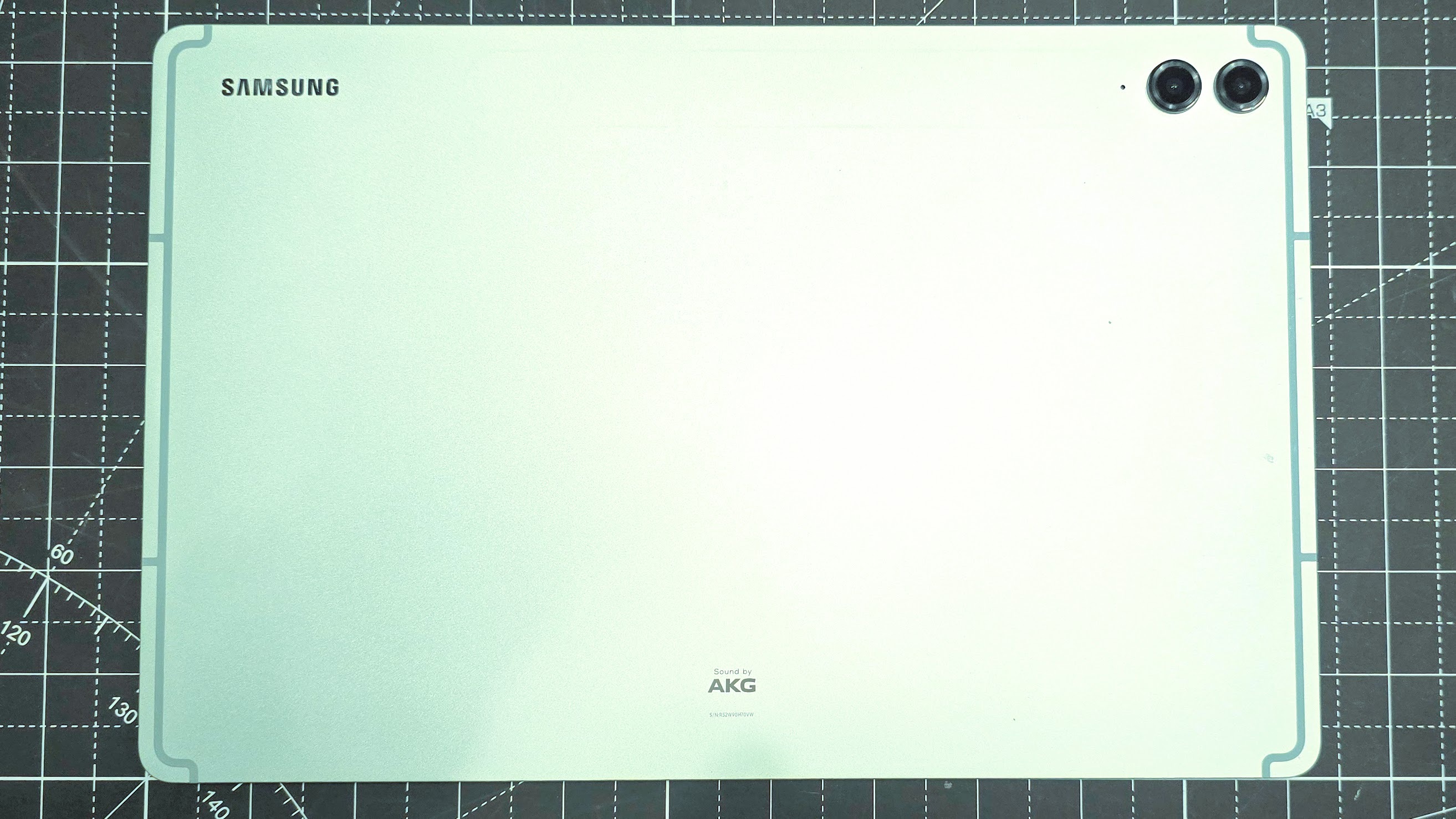
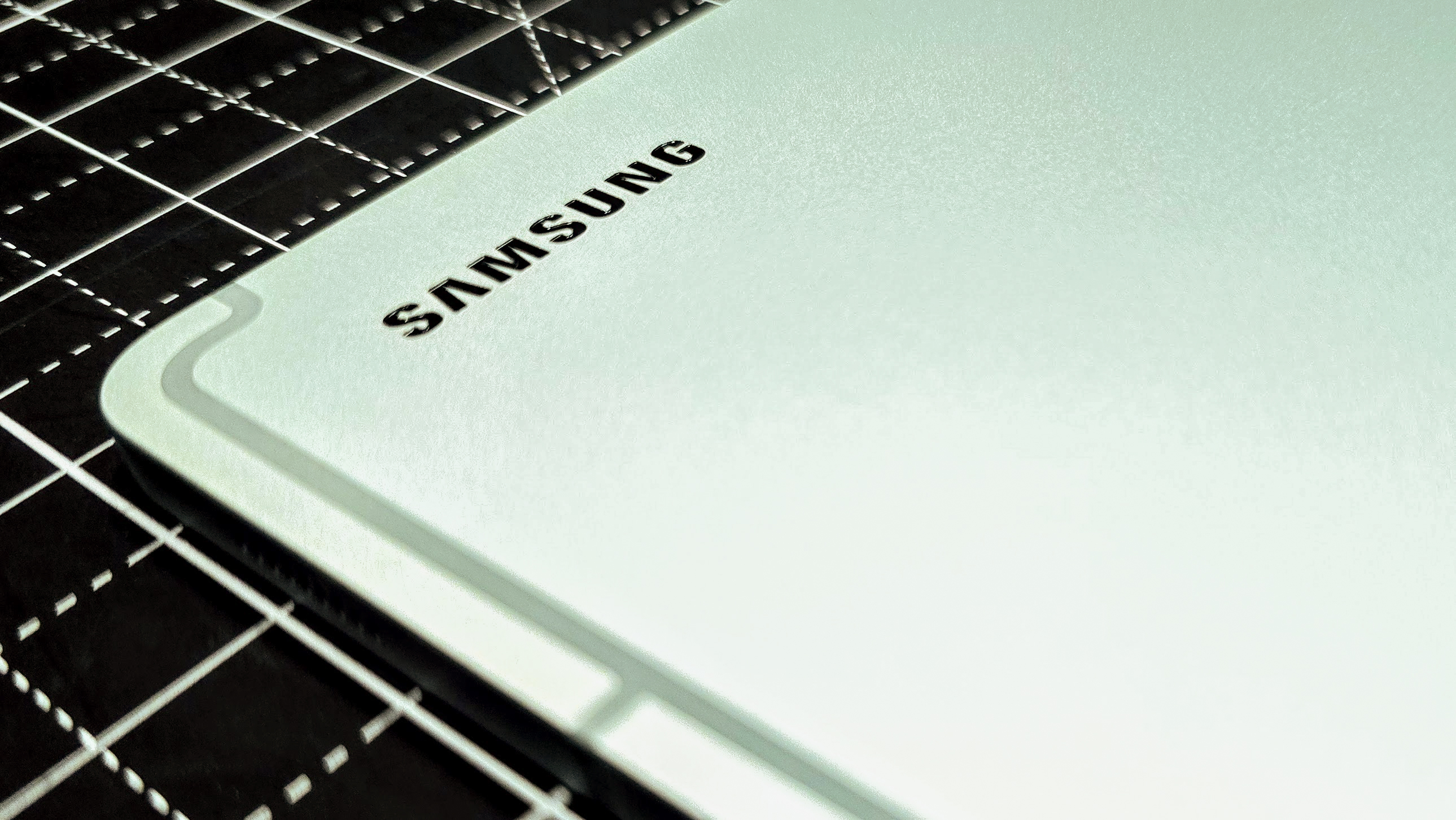
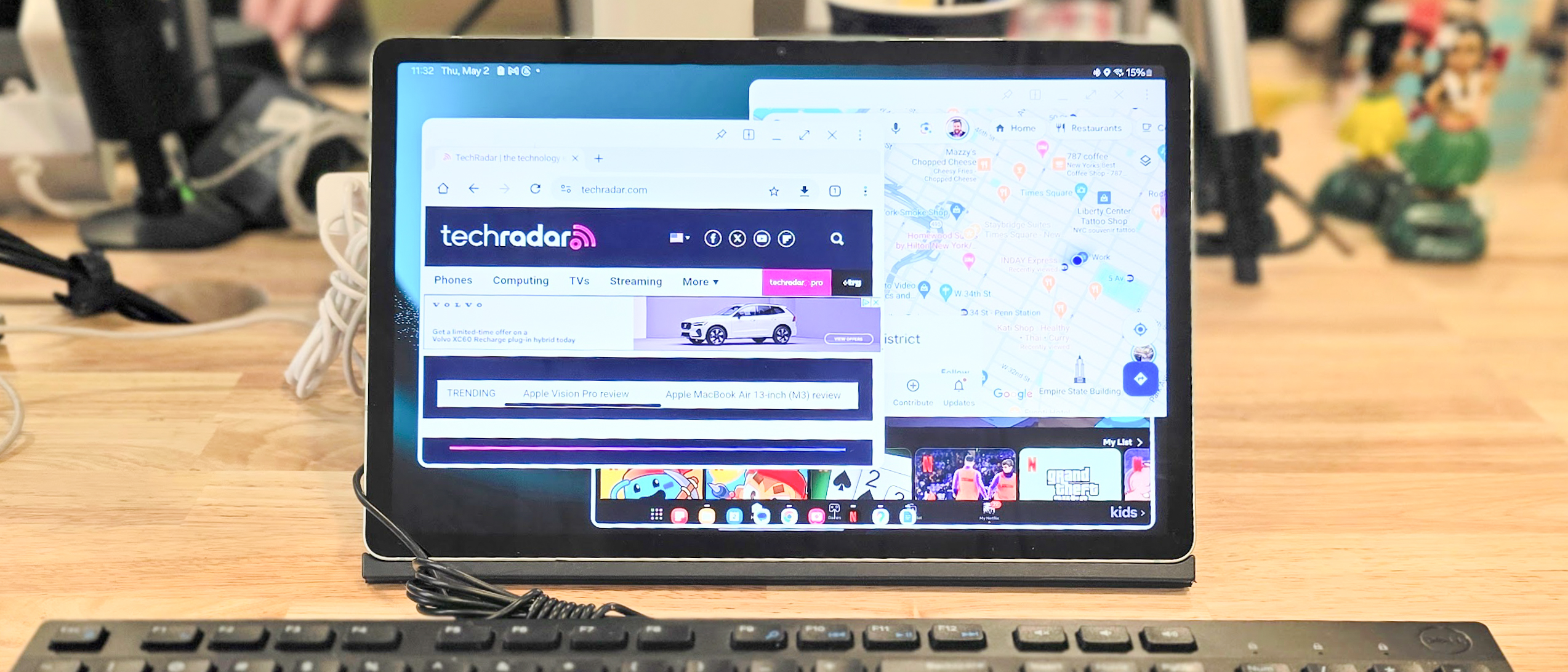
Specifications
Reasons to buy
Reasons to avoid
The Samsung Galaxy Tab S9 FE Plus arrived with the rest of the recent FE clan, including a Galaxy S23 FE phone and new FE buds. The 'FE' tag no longer stands for 'Fan Edition,' now it just means ... nothing. That's fine, because the Tab S9 FE Plus managed to impress in our full review no matter what it's called. It costs the same as an Apple iPad Air, but it manages to beat Apple's tablet in many ways, especially in battery life, making it our pick for longevity in a tablet.
Of course, the Tab S9 FE Plus lasts a long time because it's processor is a bit underpowered, especially compared to Apple's tablet. While the iPad Air gives you a full desktop processor inside, Samsung opts for a much more conservative Exynos 1380 processor, the same chipset found in its bargain Galaxy A54 phone from 2023.
So, it won't be editing 8K video in real time, but you'll have fun watching videos for up to 18 hours, almost twice as long as many other tablets on this list, which typically last between 9 to 11 hours with basic usage. The Tab S9 FE Plus lasts well over a day of use even with the screen on, so if you need a tablet that lasts, this is your first stop.
Read our full Samsung Galaxy Tab S9 FE Plus review
The best drawing tablet
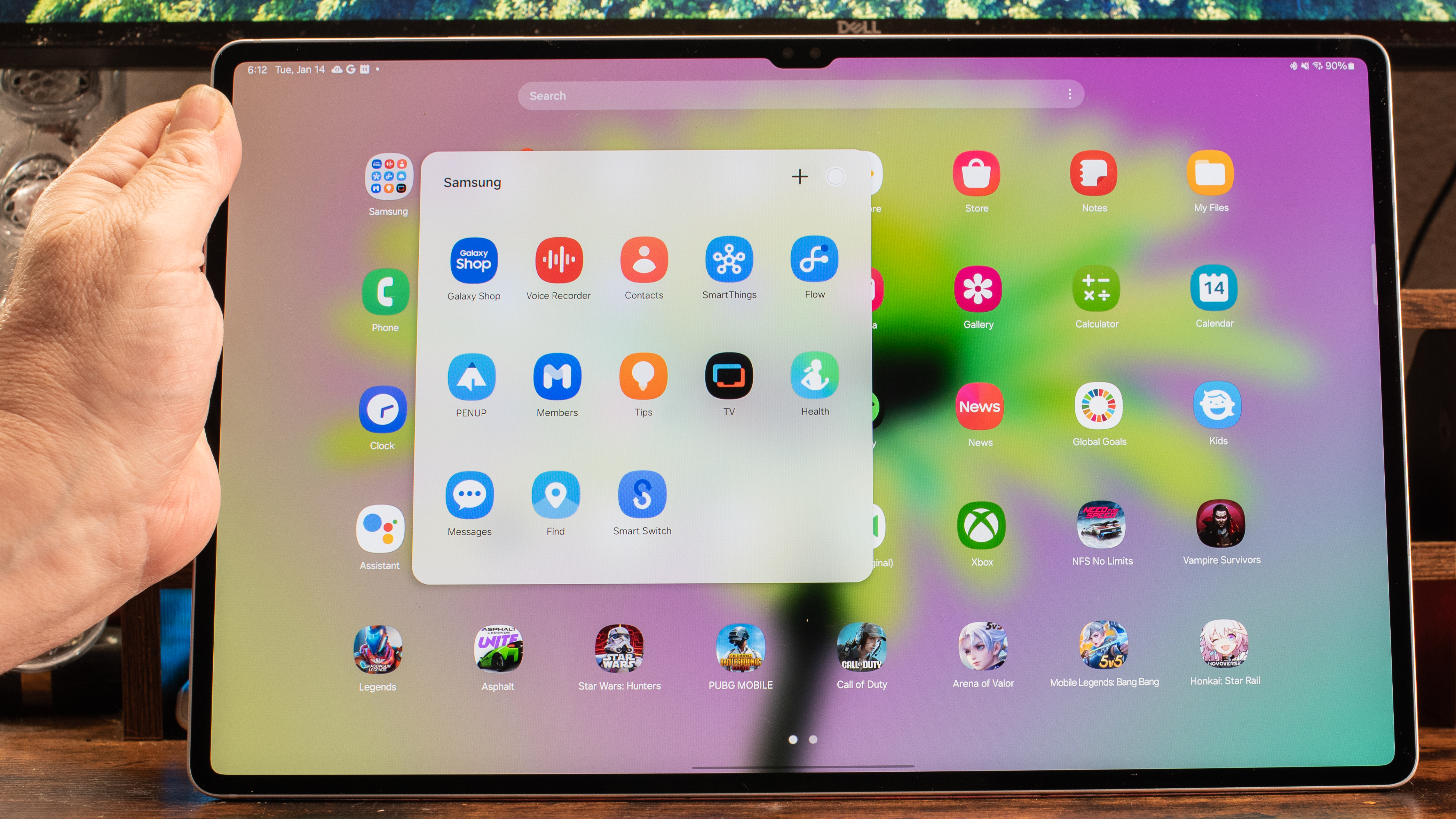

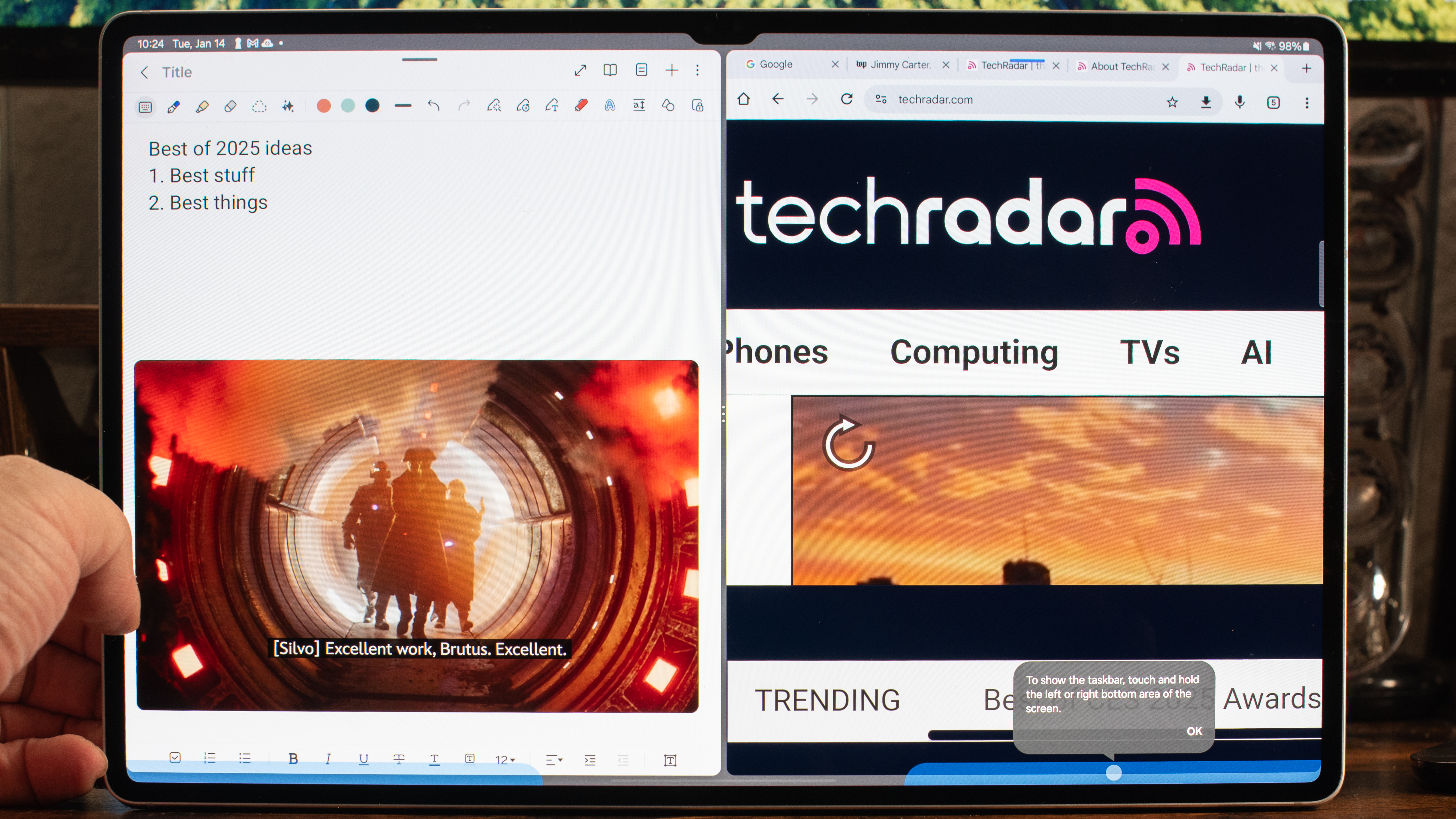
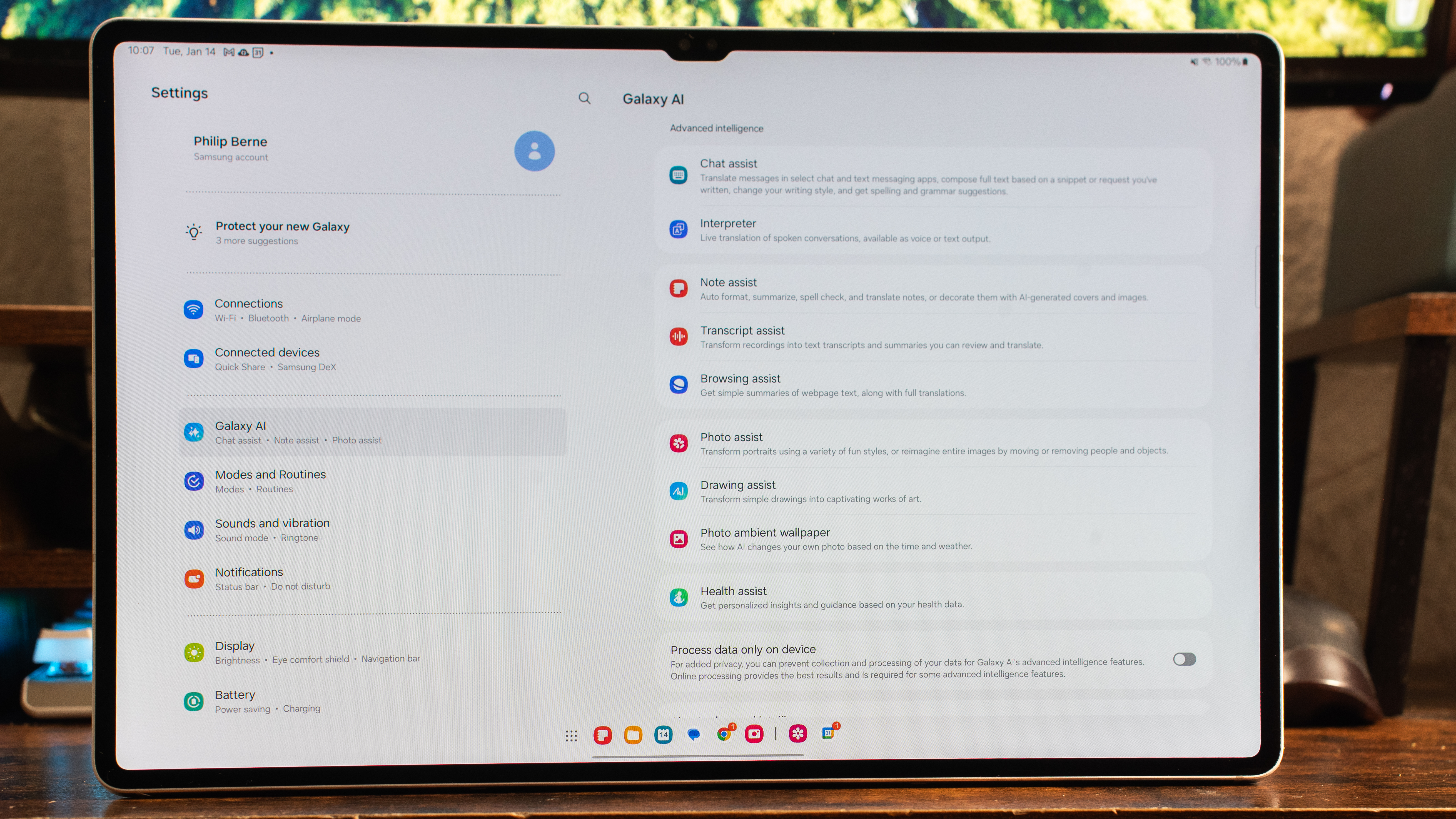
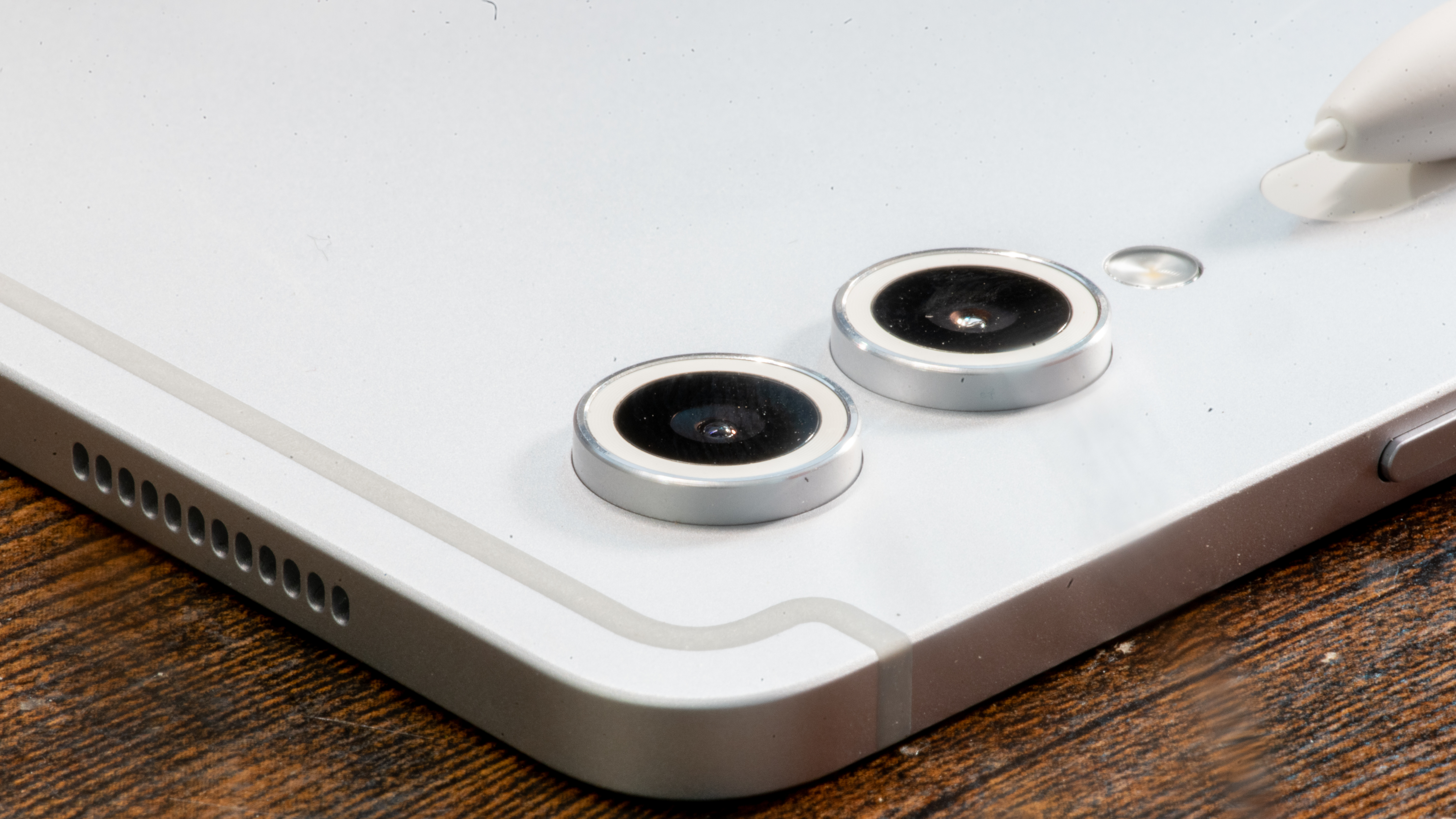
Specifications
Reasons to buy
Reasons to avoid
The Galaxy Tab S10 Ultra is a fantastic large screen Android tablet, perfect for drawing with its Wacom pen technology built in (and the S Pen included in the box). It has some features you can't find on any iPad or most other Android tablets, like its water resistant design, and Samsung software excels at multi-tasking.
Unfortunately, Samsung opted for a MediaTek 9300+ processor in this tablet, which is great for drawing tools and Android tasks, but it falls short of our expectations for an all-around laptop replacement. Samsung's keyboard options are also flimsy, though that won't bother artists looking for a huge screen to unleash creativity.
Samsung has the best tablet software if you want to keep windows open side-by-side and get things done, and the Tab S10 Ultra has a great design that focuses on the amazing display. Hopefully the next version will be much faster, but for drawing and using the S Pen, the Galaxy Tab S10 Ultra is a great choice.
Read our full Samsung Galaxy Tab S10 Ultra review
The best tablet for work
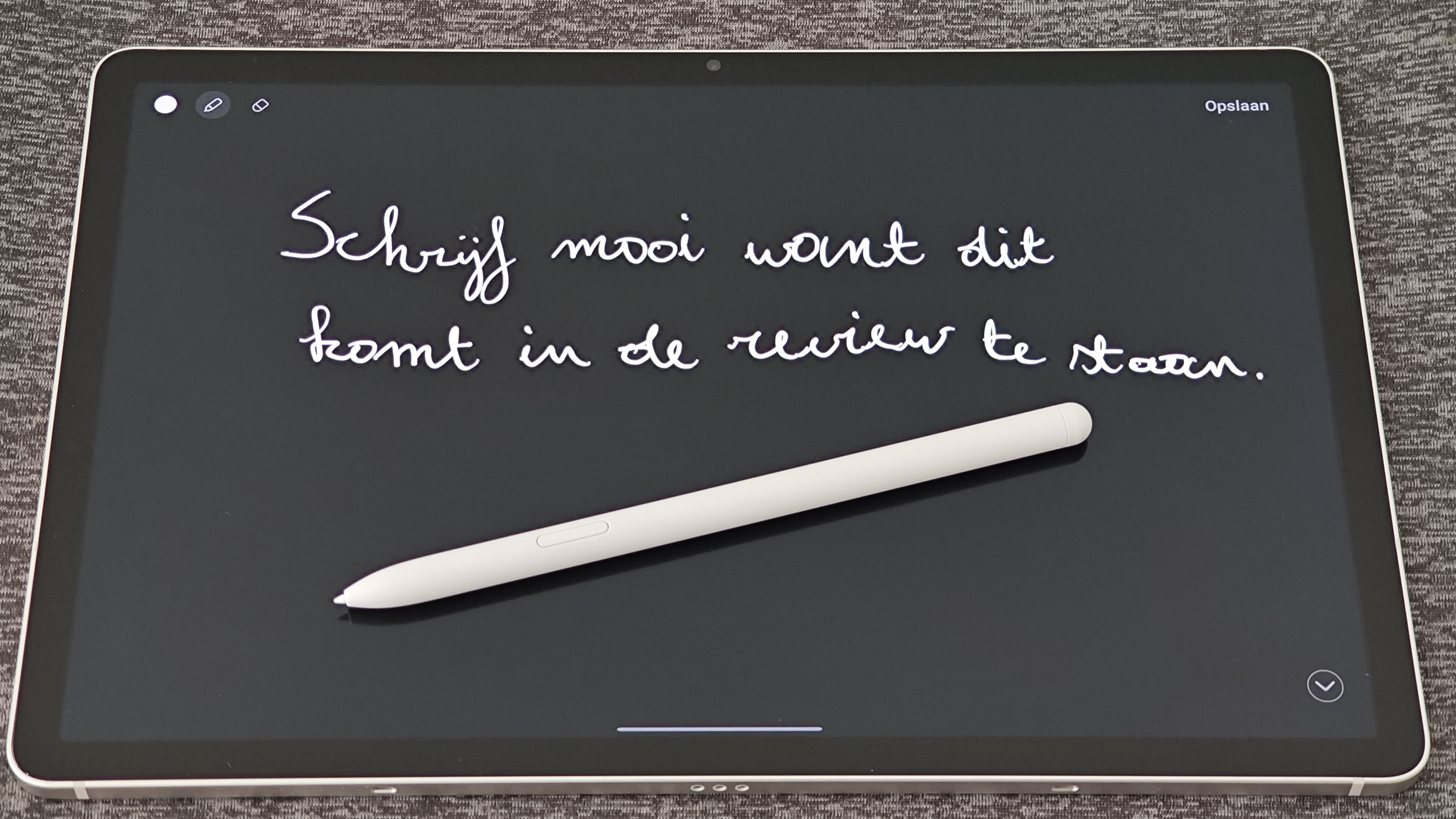
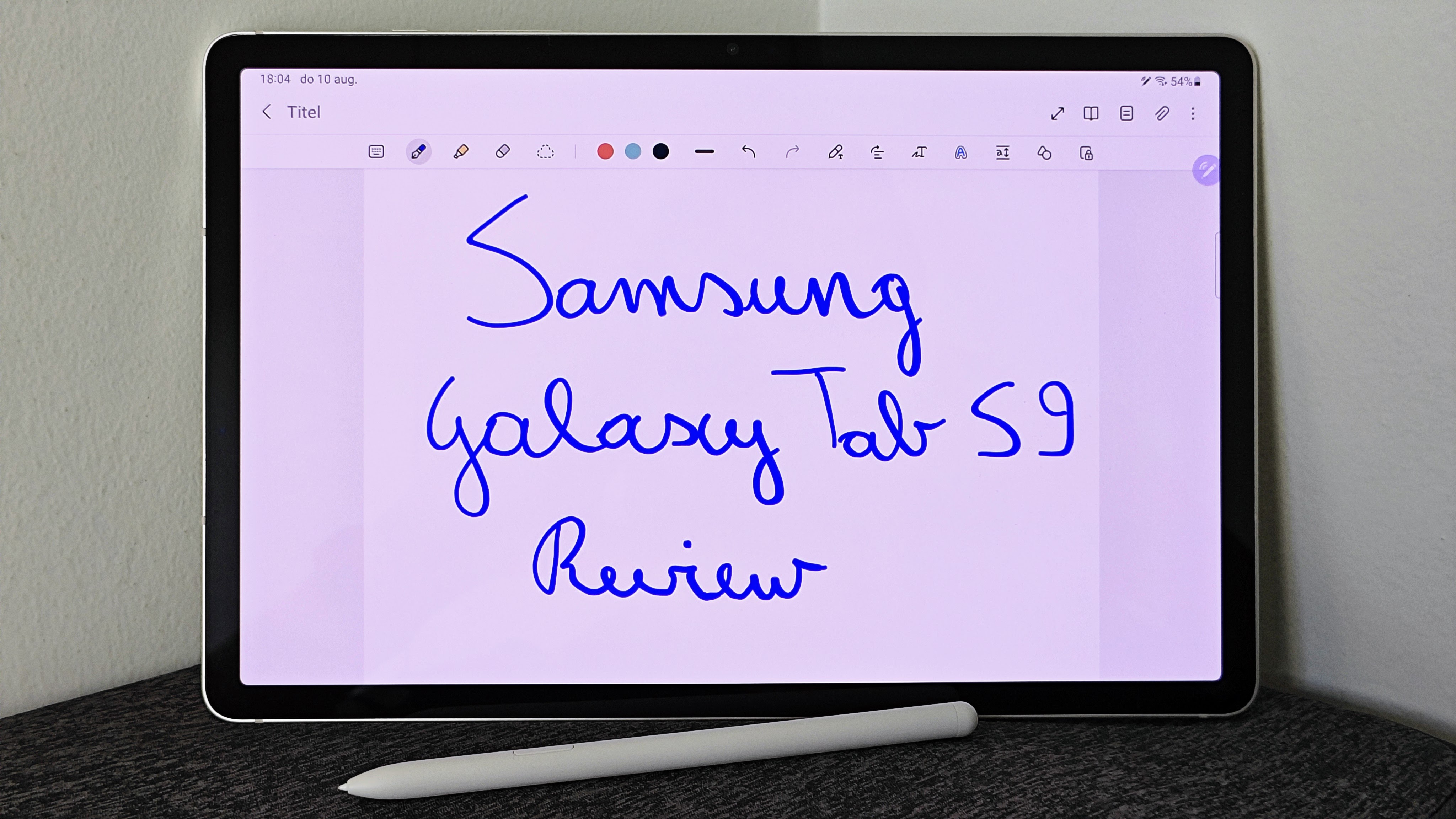
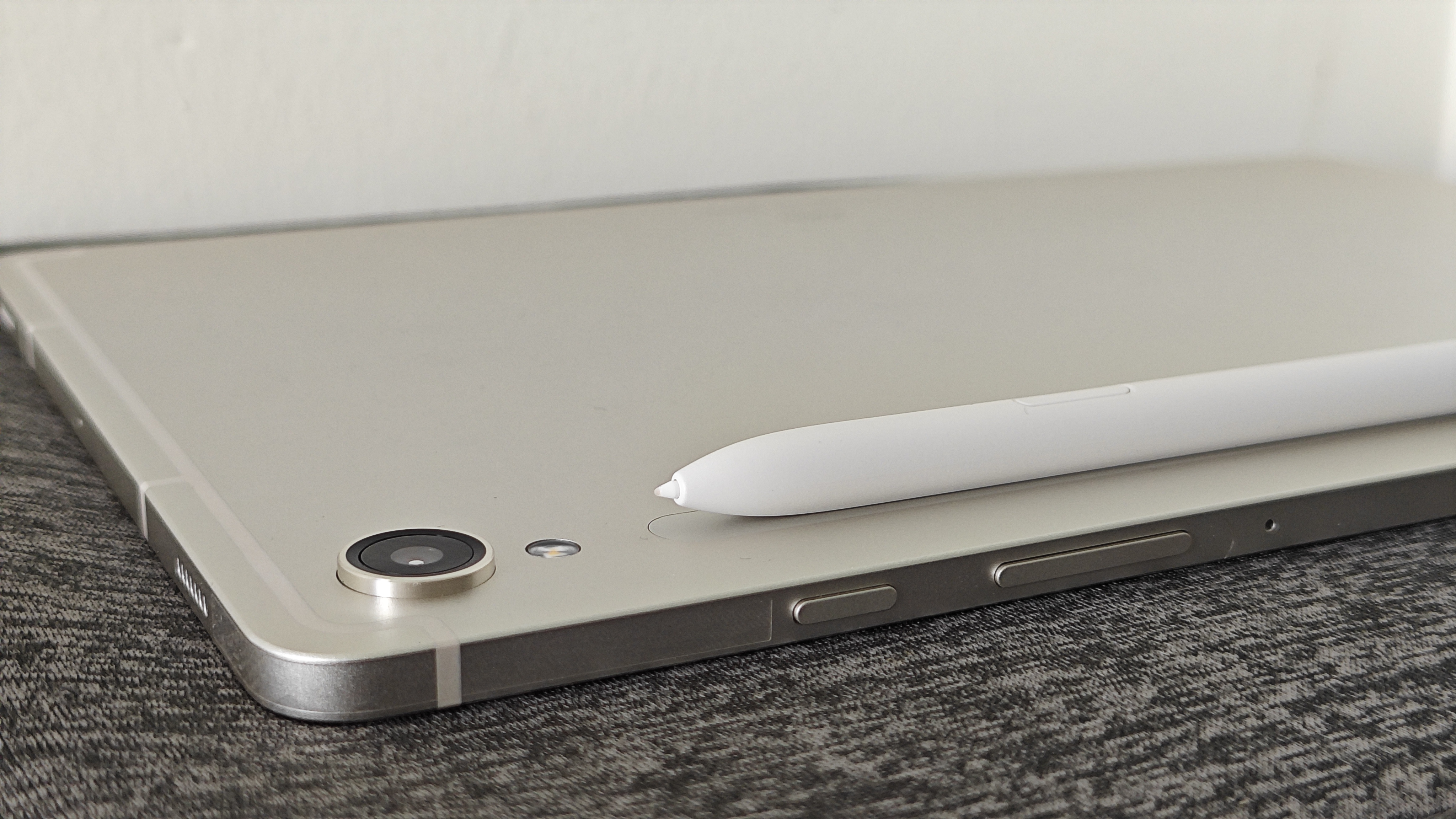
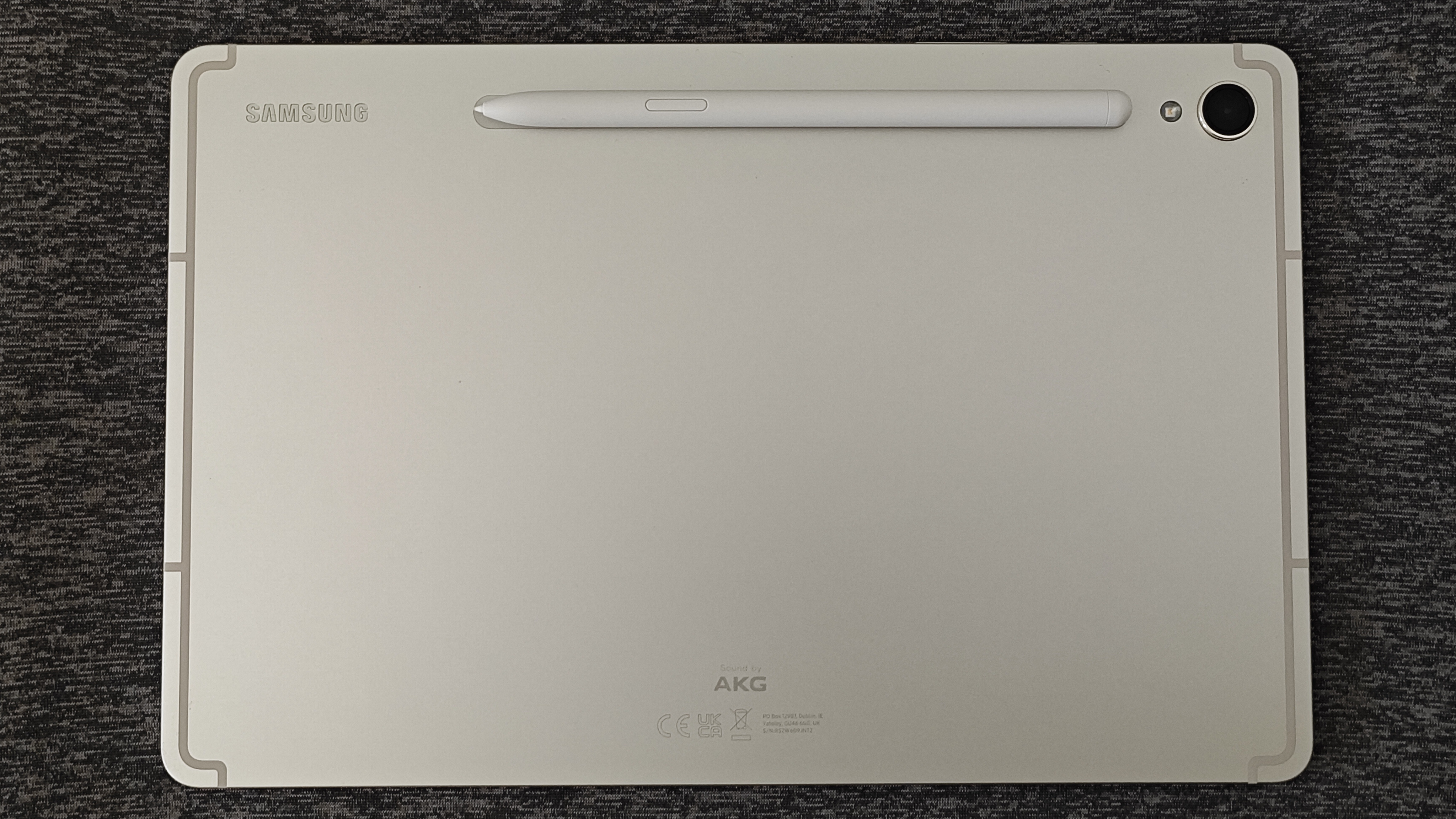
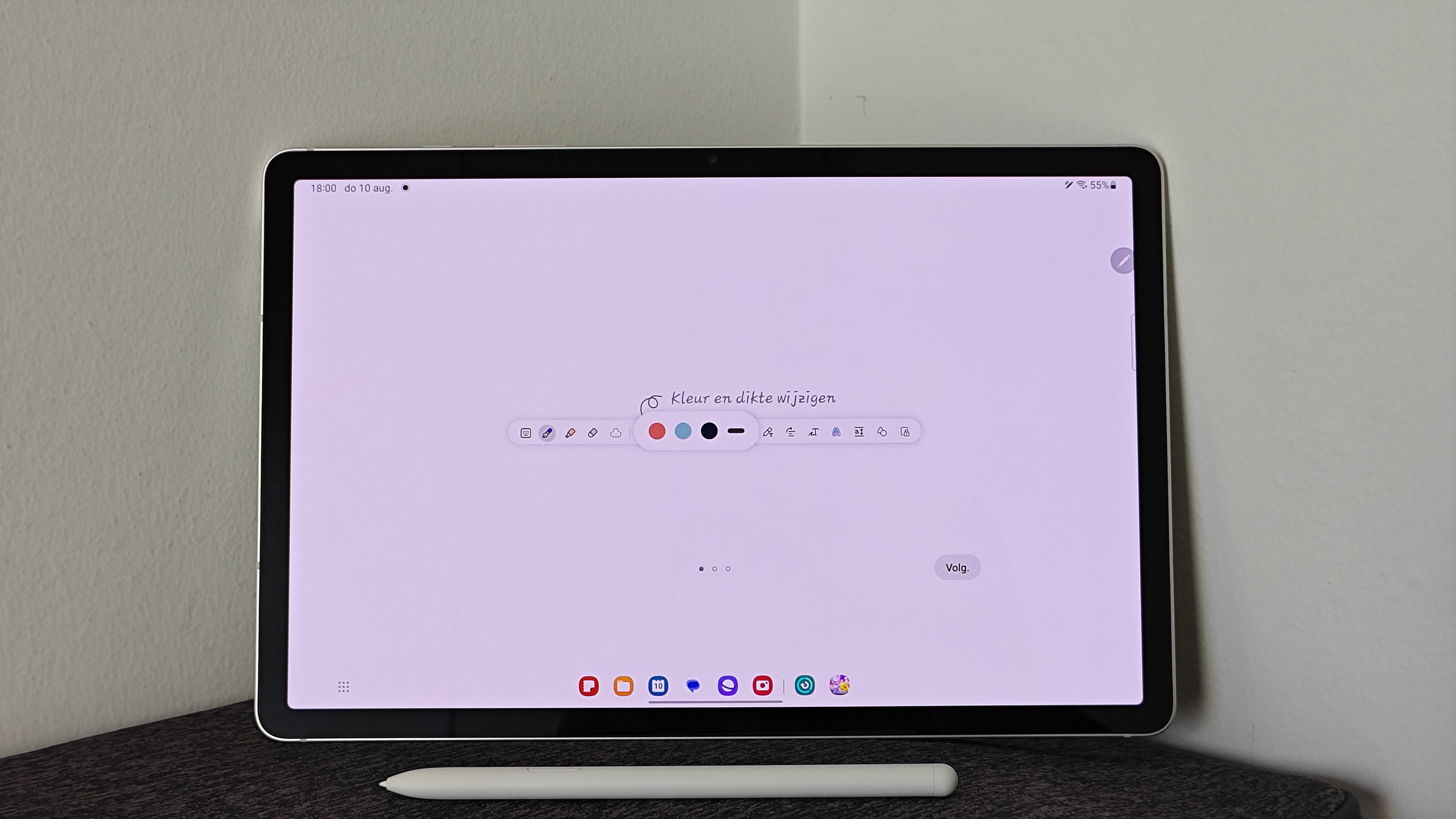
Specifications
Reasons to buy
Reasons to avoid
With the Samsung Galaxy Tab S9, you get the best productivity software on any tablet, especially if you want to do a lot at one time. Samsung's software shines on the larger tablet display, with great multi-window support, and excellent tools that keep you up-to-date all the time.
Samsung goes even further with DeX, a feature that turns the Galaxy Tab S9 into a real desktop with a task bar and floating windows. Just connect a mouse and keyboard, and maybe even a second display, and you're ready to get more done. It's an incredibly useful tool that makes it easy to access your work email and business documents in a comfortable way on the go, using a larger tablet screen instead of a smaller phone.
The Galaxy Tab S9 is even water resistant, so you could work from the beach safely near the waves, we won't tell. That durability, plus Samsung's great service and support, makes the Galaxy Tab S9 our favorite tablet for getting work done.
Read our hands-on Samsung Galaxy Tab S9 review
The best compact Android tablet
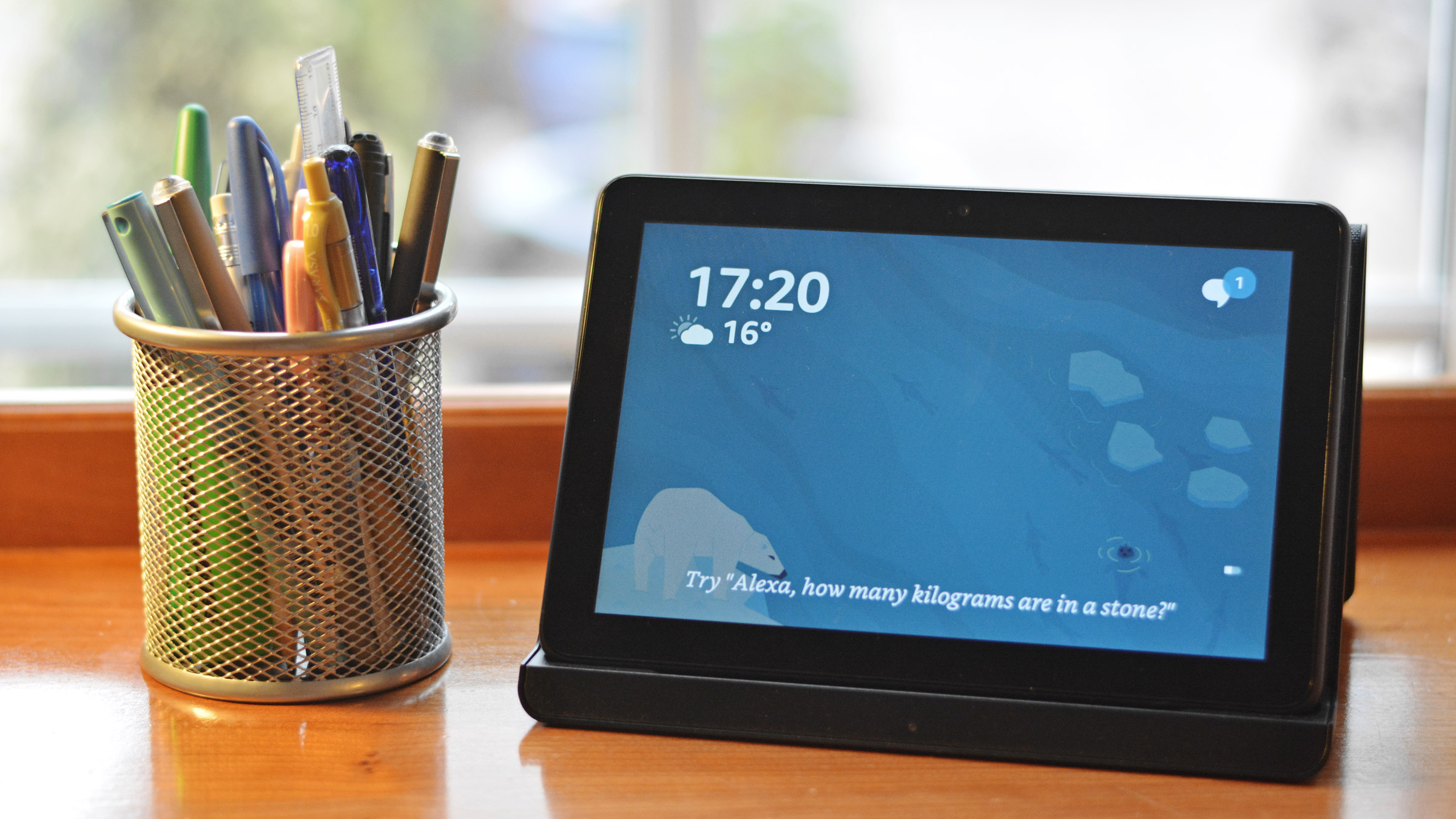
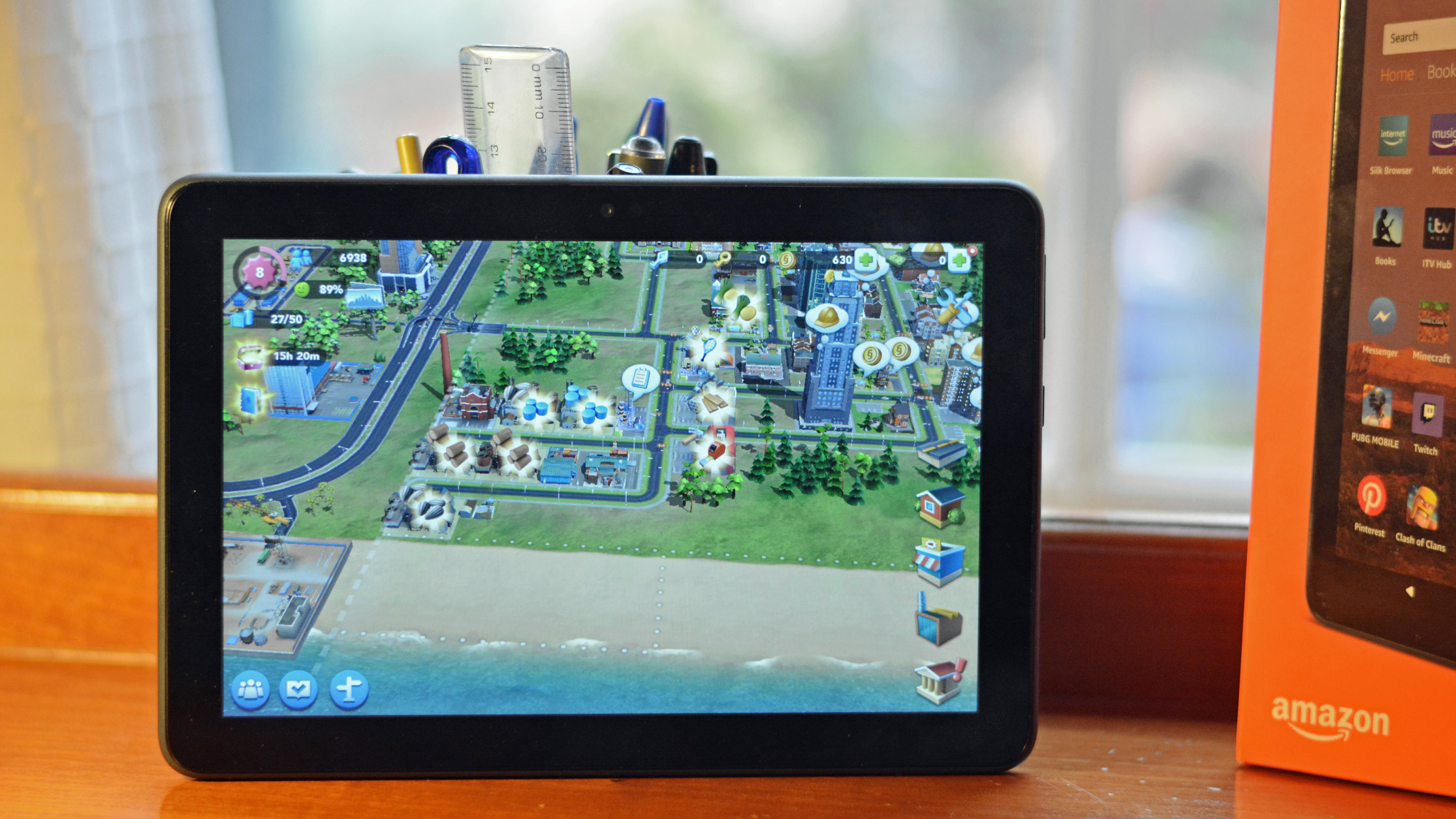
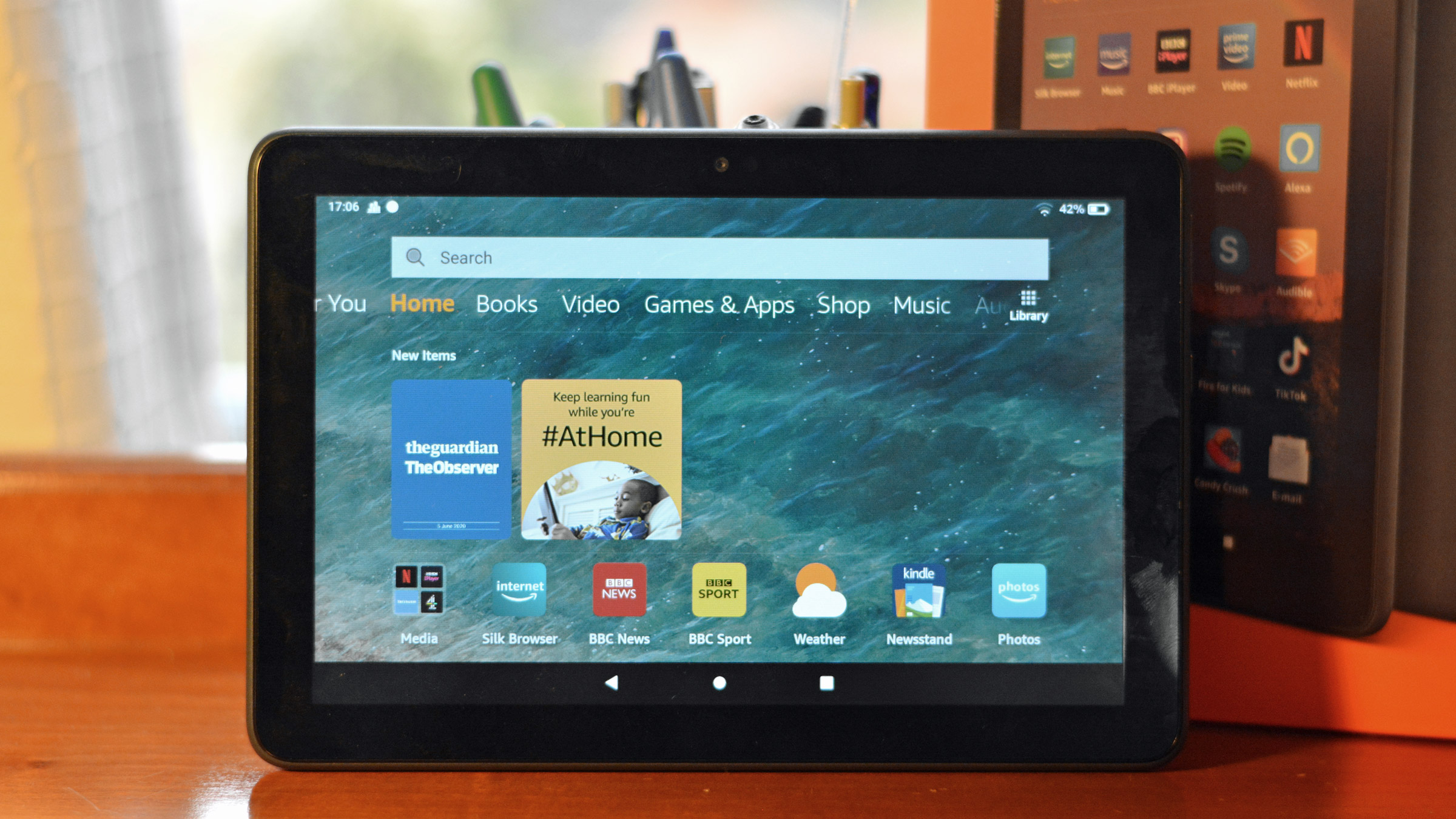
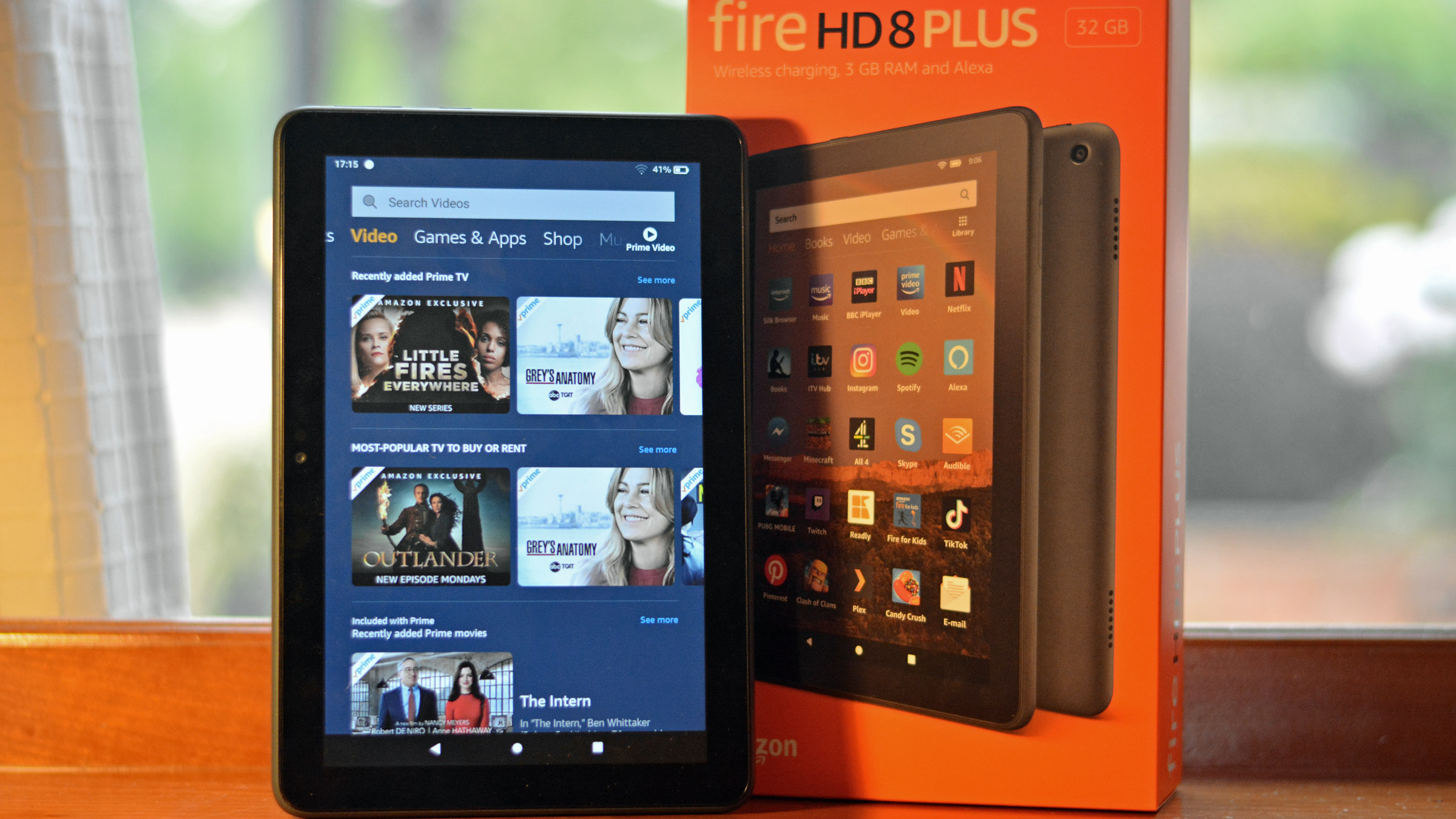
Specifications
Reasons to buy
Reasons to avoid
The Amazon Fire HD 8 Plus is our favorite small Android tablet for a few reasons. First of all, it's inexpensive and packed with apps for streaming your favorite movies and shows, connecting to your social networks, or getting some work done.
Second, most Android tablet makers have backed away from small tablets, so there isn't a professional-strength Apple iPad mini competitor from Samsung or OnePlus, unless you buy an expensive foldable phone with a mini tablet inside. Instead, you can spend less than a hundred bucks on the Amazon Fire HD 8 Plus and get most of what you need from a simple, small tablet.
Don't expect much power, because the Fire HD 8 Plus is made for media, not business. You'll still find plenty of tools from Microsoft and your favorite productivity apps on Amazon's App Market. You just won't have access to Google Play or any Google services, since this is an Amazon-only affair.
This tablet goes on sale often, making it an even better deal if you're shopping at the right time.
Read our full Amazon Fire HD 8 Plus review
How to choose the best Android tablet for you
When you're buying an Android tablet, the first thing to consider is not the tablet, but which phone you carry. Samsung tablets have features that only work with Samsung phones, and the OnePlus Pad also has features that work exclusively with OnePlus devices. Before other considerations, you might want to match your phone to your tablet to get the most out of both.
The next thing to consider is how much you want to spend. If you can spend on an Android tablet what you might spend on an iPad, you can get our favorite Android tablets from OnePlus and Samsung, with robust features, a great display, and plenty of extras like an included stylus.
If you only have a hundred bucks or so, you'll be looking at Amazon Fire tablets, which don't run Android with Google Play but instead rely on Amazon's own App Market. You still get plenty of your favorite apps and streaming services, so hopefully, you won't have to miss much to save money.
Is mobile data important?
No, if you buy an Android tablet that matches the brand of your phone, your tablet will probably be able to use your phone's network connection without much trouble. Even if you buy a different brand, it isn't hard to connect an Android tablet to your phone's network signal.
Of course, buying a tablet from a mobile carrier often means you can get a discount or a deal that lets you buy a more expensive device, but this usually comes with a multi-year commitment to stay a customer until you've paid off the price of the tablet.
How we test
Every tablet included in this guide has been reviewed in full or in a long hands-on session, so we've spent plenty of time with each working out what's good, what's bad, and how they compare.
We've made sure to fully test tablet performance with apps and games, productivity software and social networks, and especially our favorite streaming services. We compare how content looks on each screen, whether their interface is intuitive, how long the battery lasts, and all of the extra features each offers, as well as assessing design and build quality.
We only consider tablets that are available to buy new, directly from the manufacturer or at major retailers. Tablets that are older may still be available, but we are looking for tablets with the longest support.
- You've reached the end of the page. Jump back up to the top ^
Sign up for breaking news, reviews, opinion, top tech deals, and more.

Starting more than 20 years ago at eTown.com. Philip Berne has written for Engadget, The Verge, PC Mag, Digital Trends, Slashgear, TechRadar, AndroidCentral, and was Editor-in-Chief of the sadly-defunct infoSync. Phil holds an entirely useful M.A. in Cultural Theory from Carnegie Mellon University. He sang in numerous college a cappella groups.
Phil did a stint at Samsung Mobile, leading reviews for the PR team and writing crisis communications until he left in 2017. He worked at an Apple Store near Boston, MA, at the height of iPod popularity. Phil is certified in Google AI Essentials. His passion is the democratizing power of mobile technology. Before AI came along he was totally sure the next big thing would be something we wear on our faces.